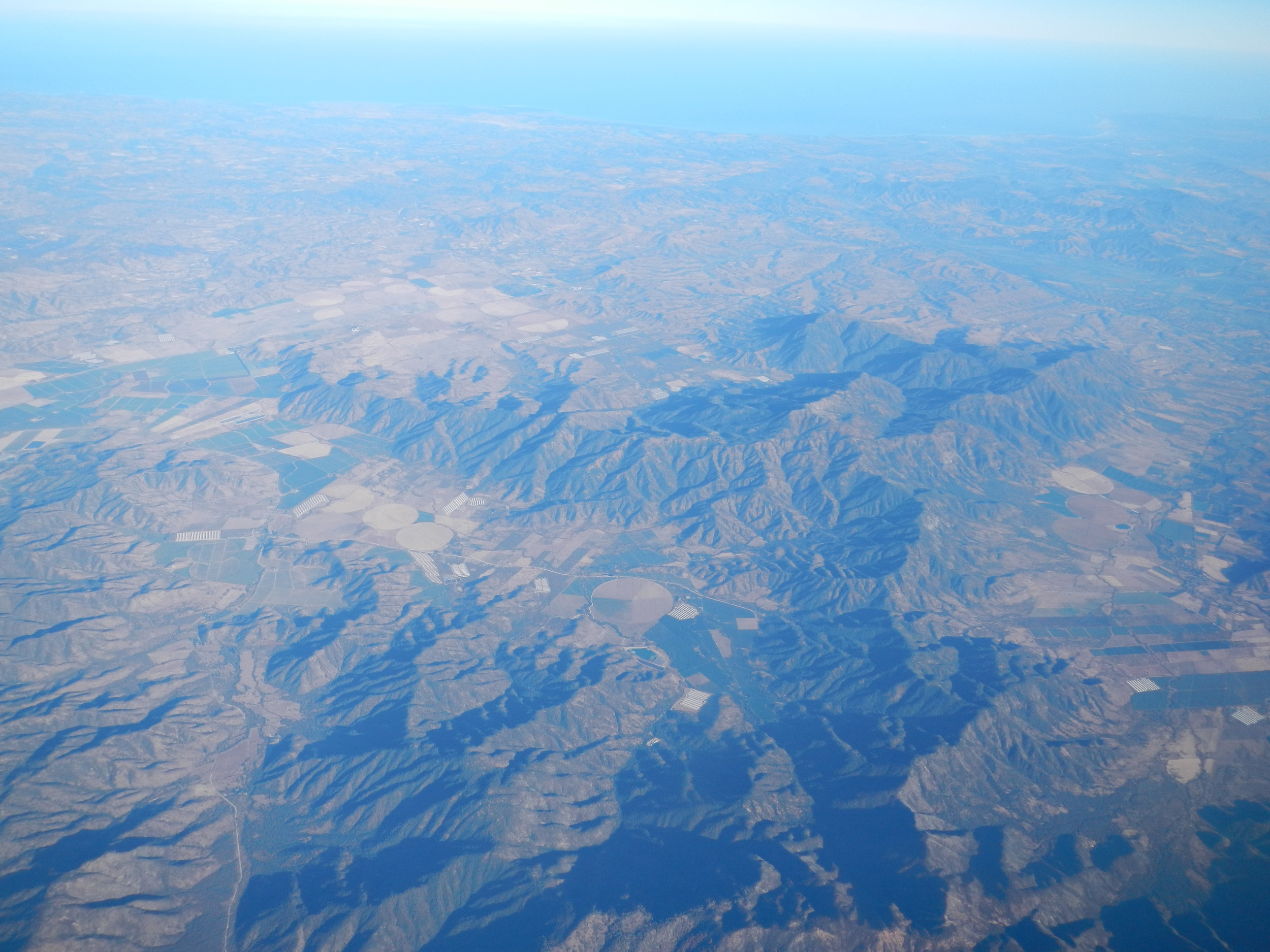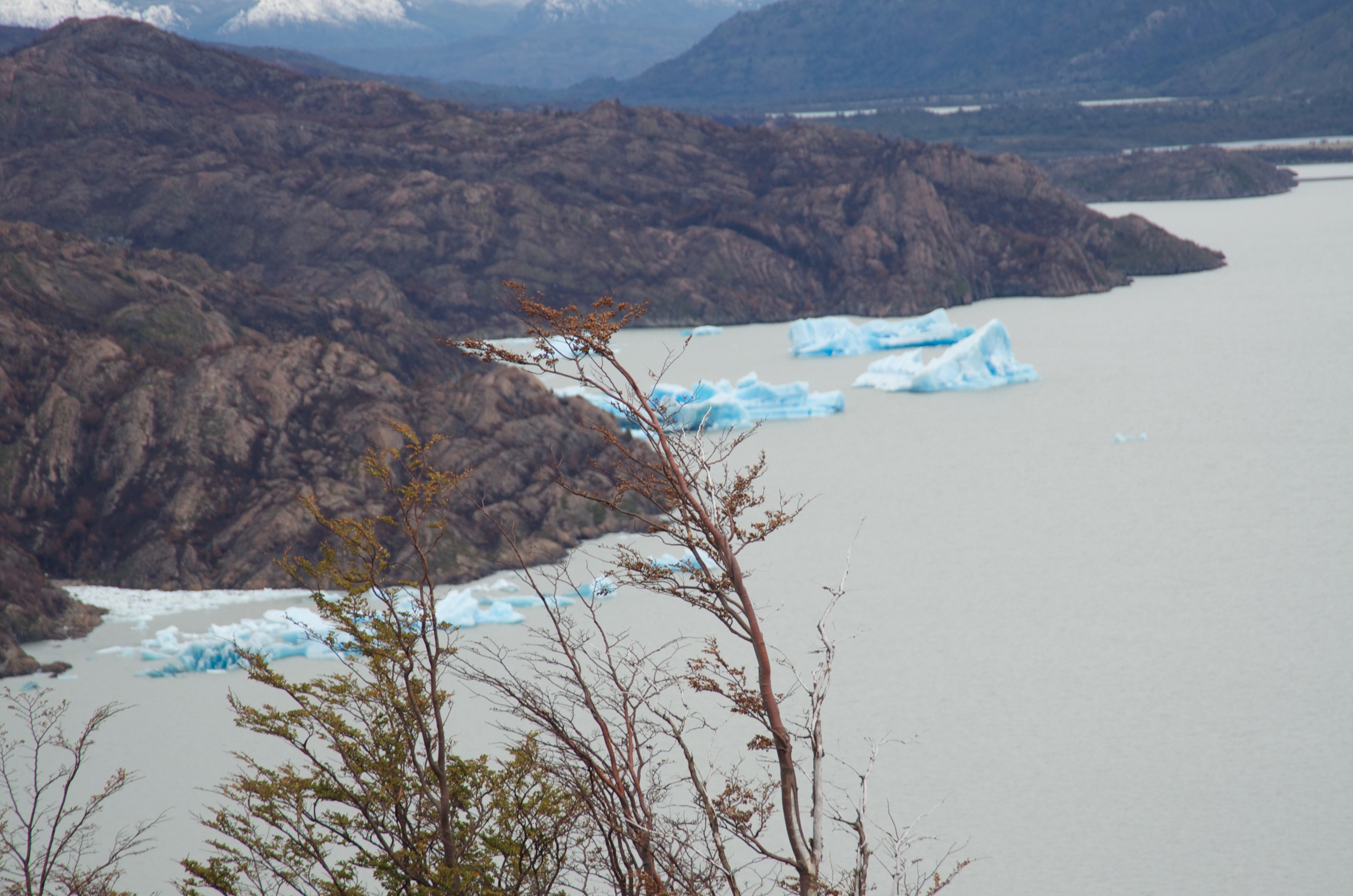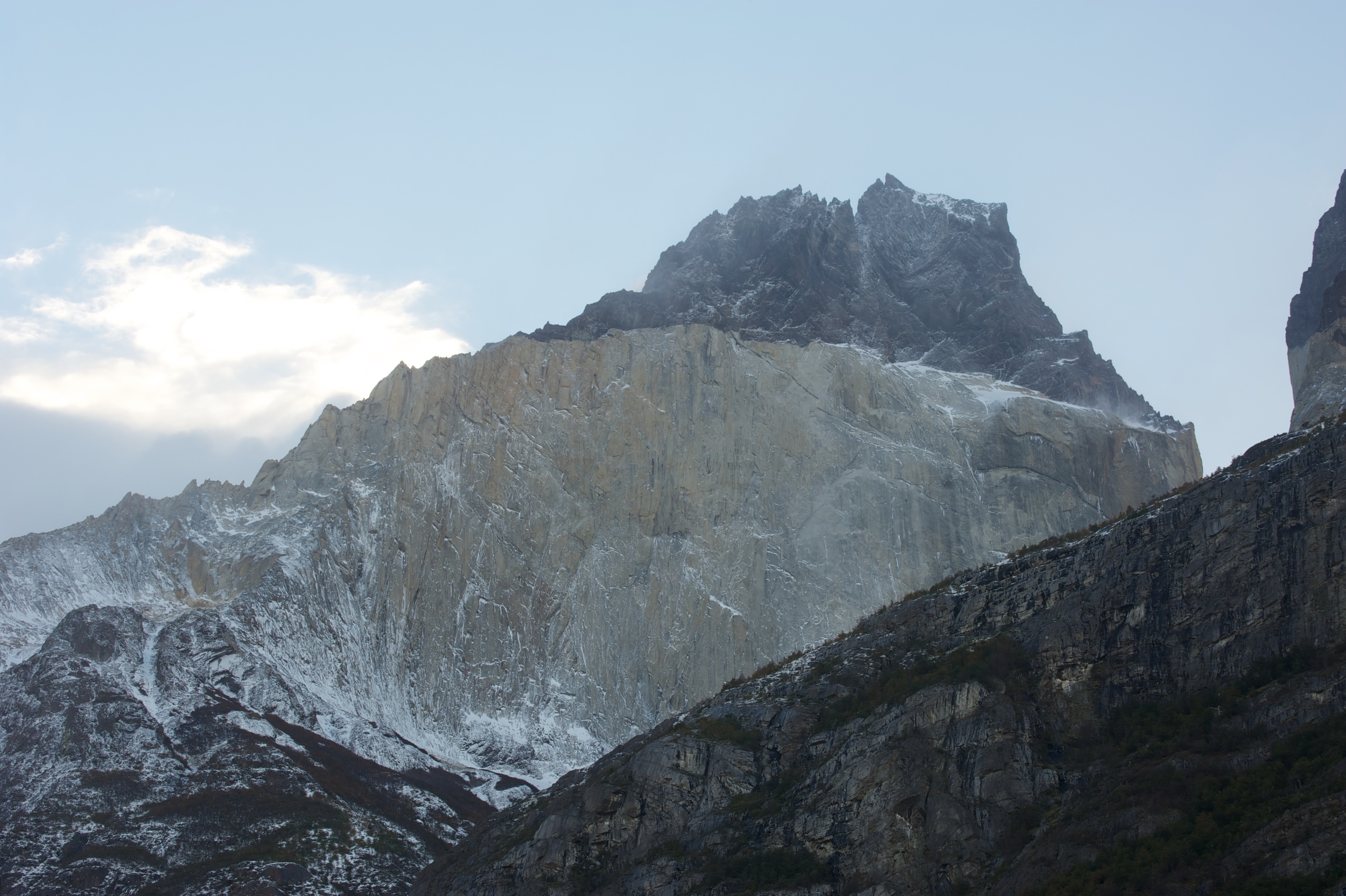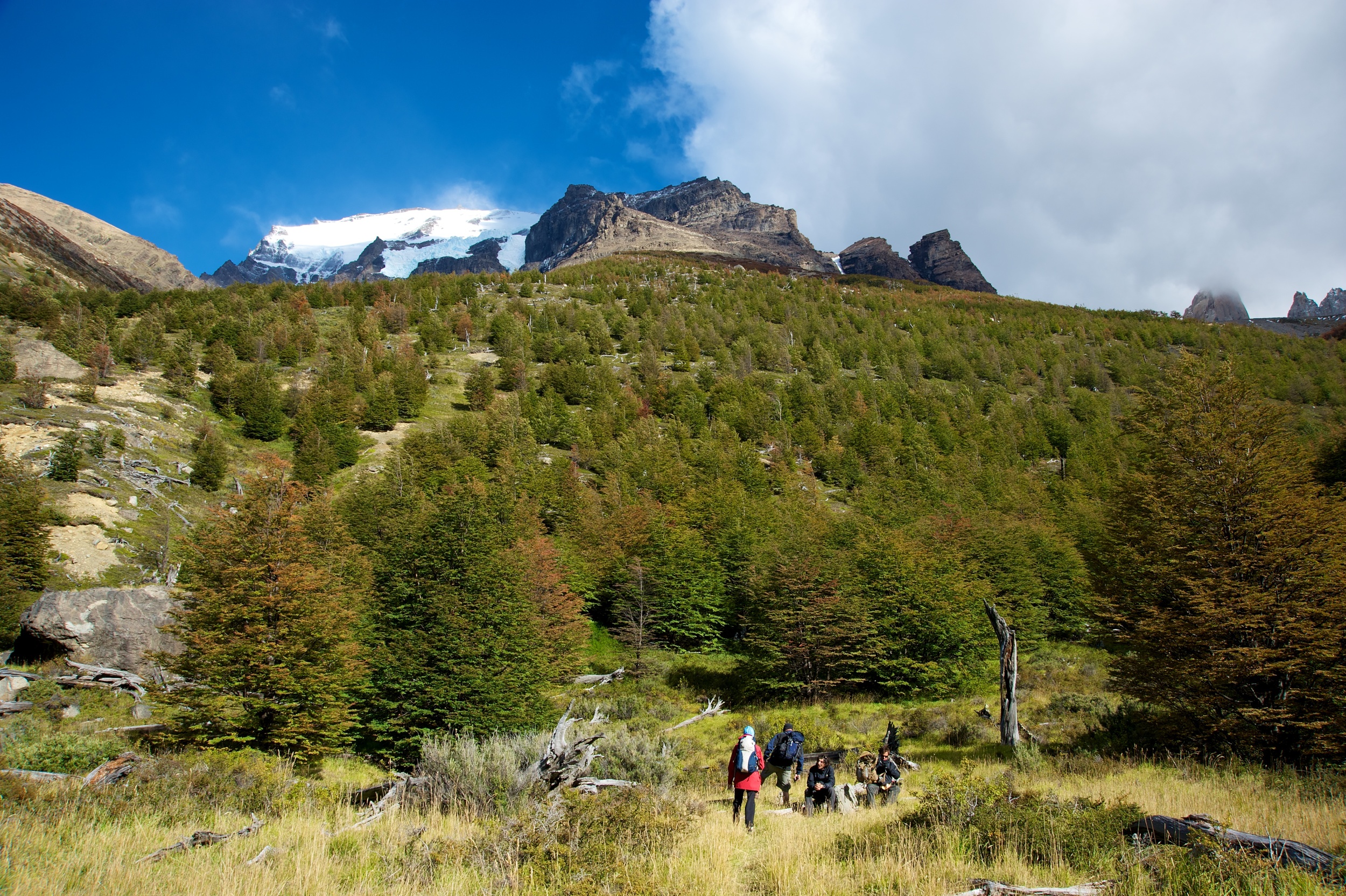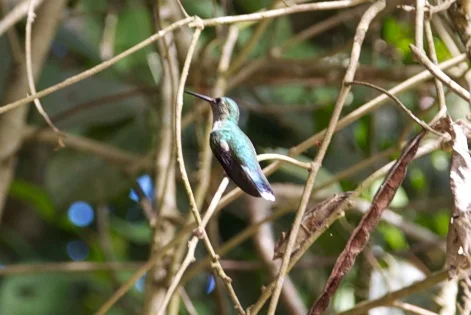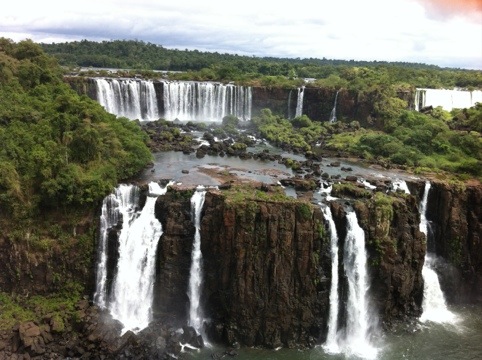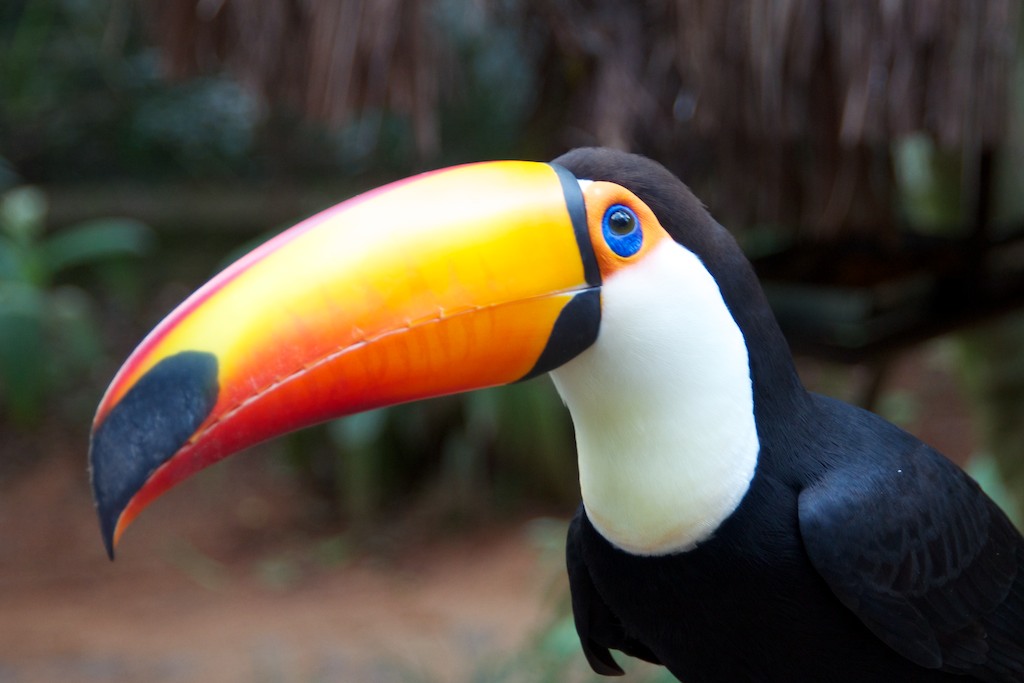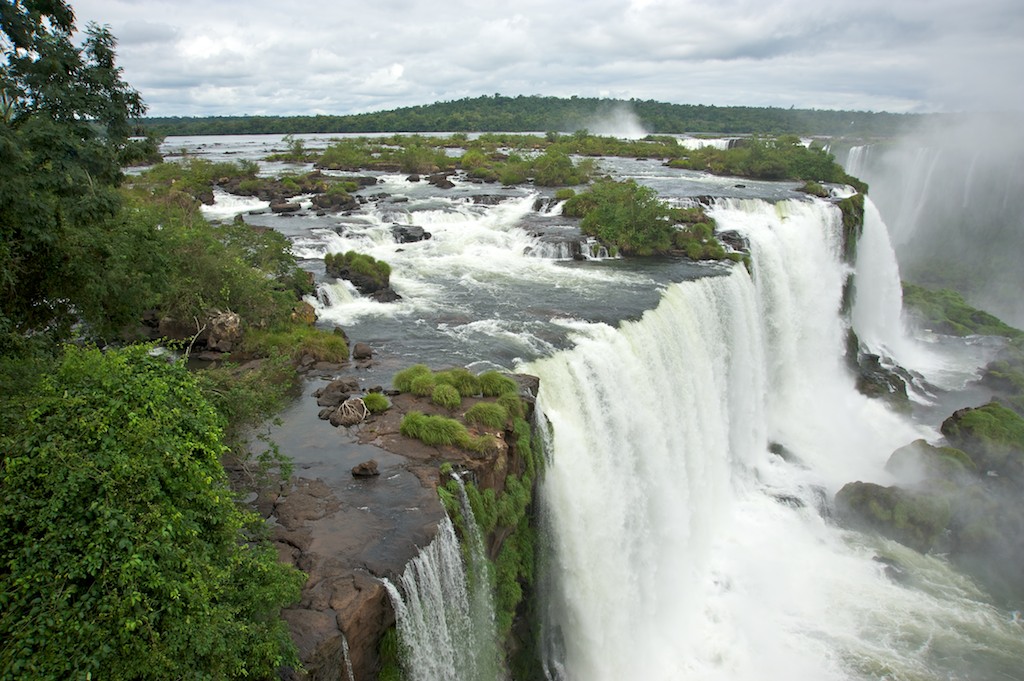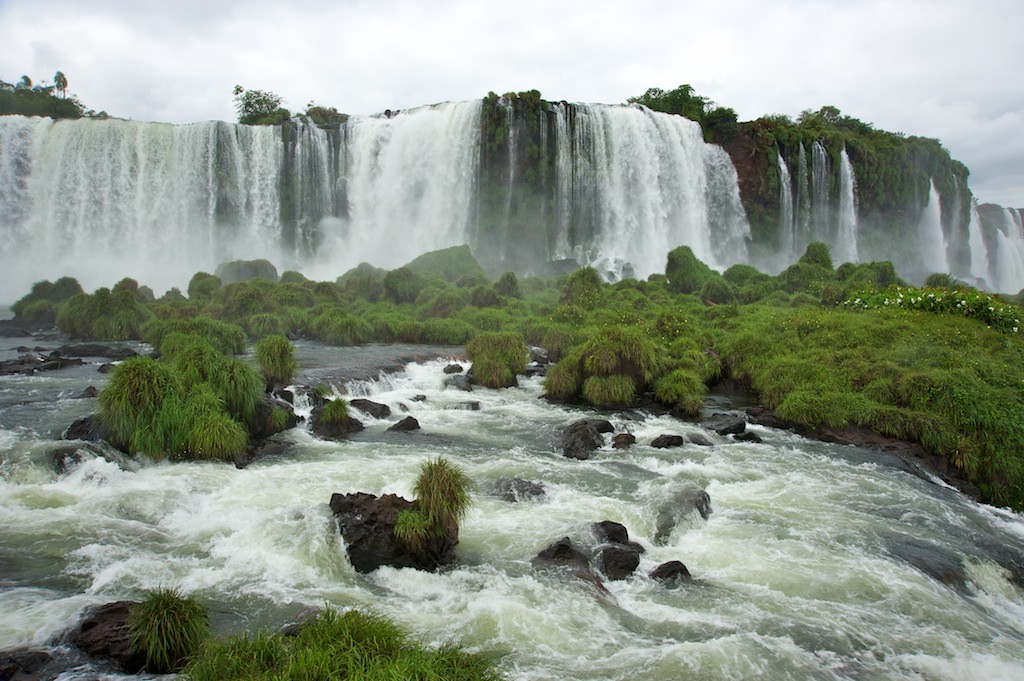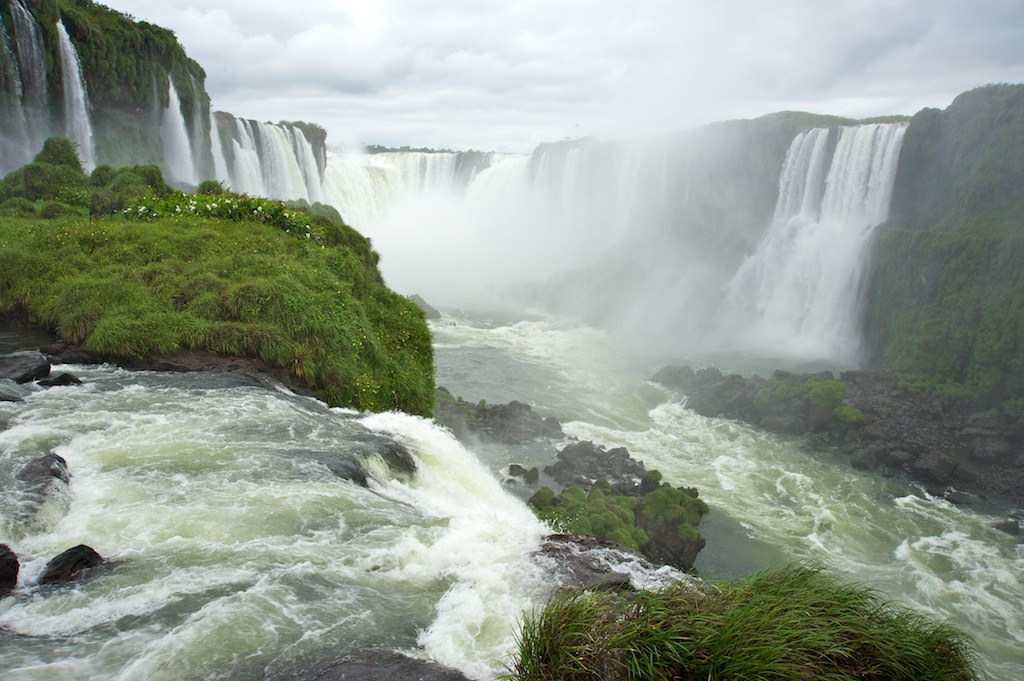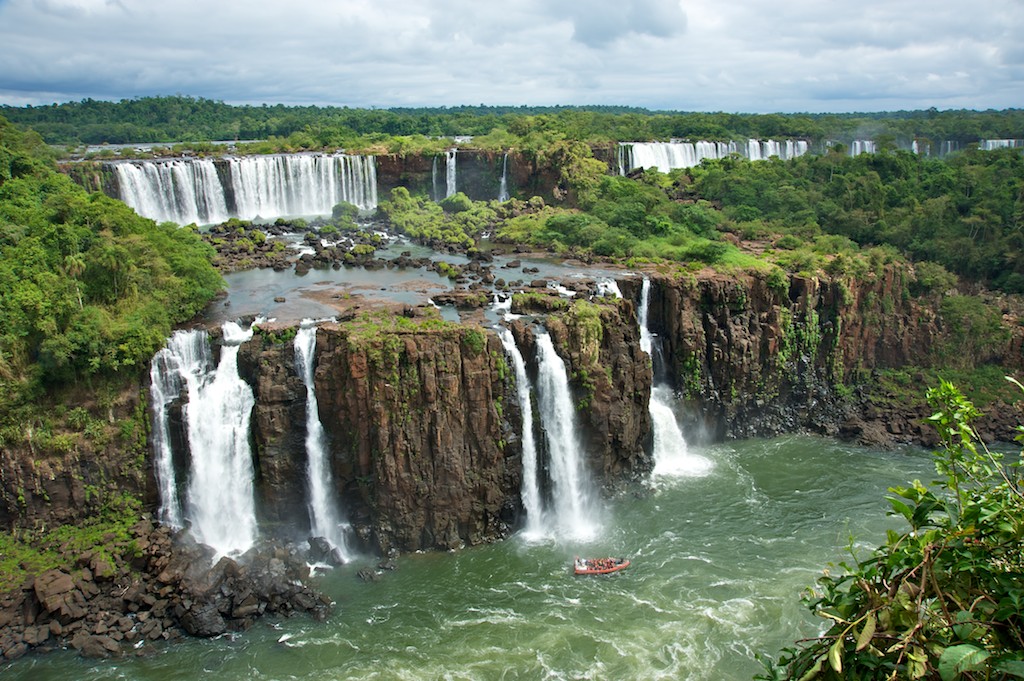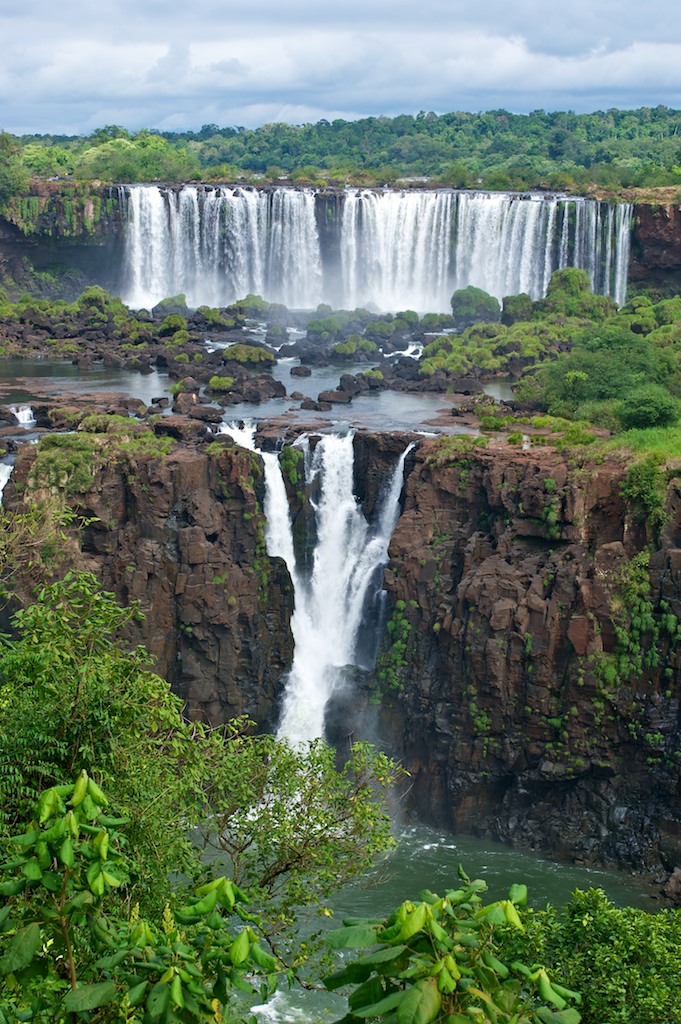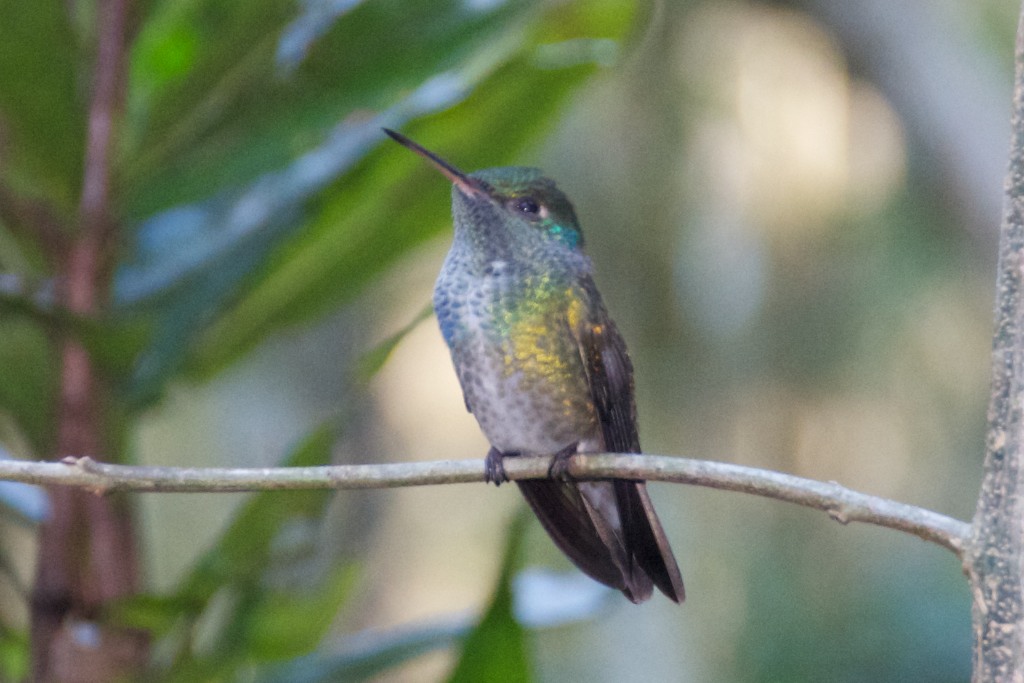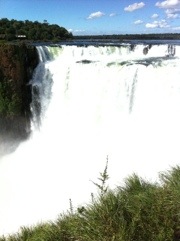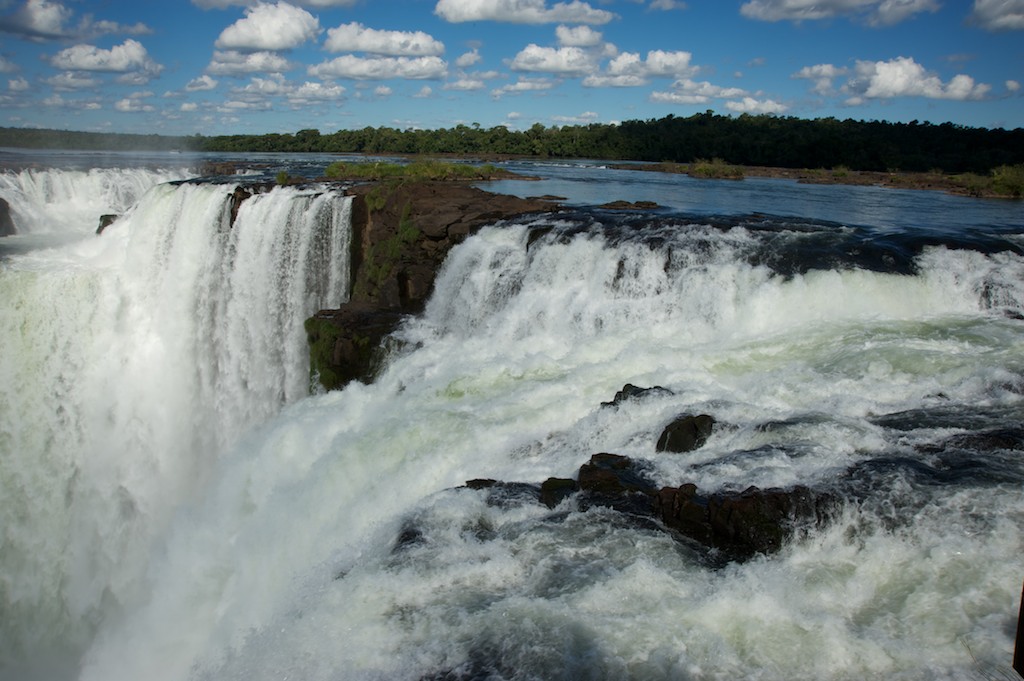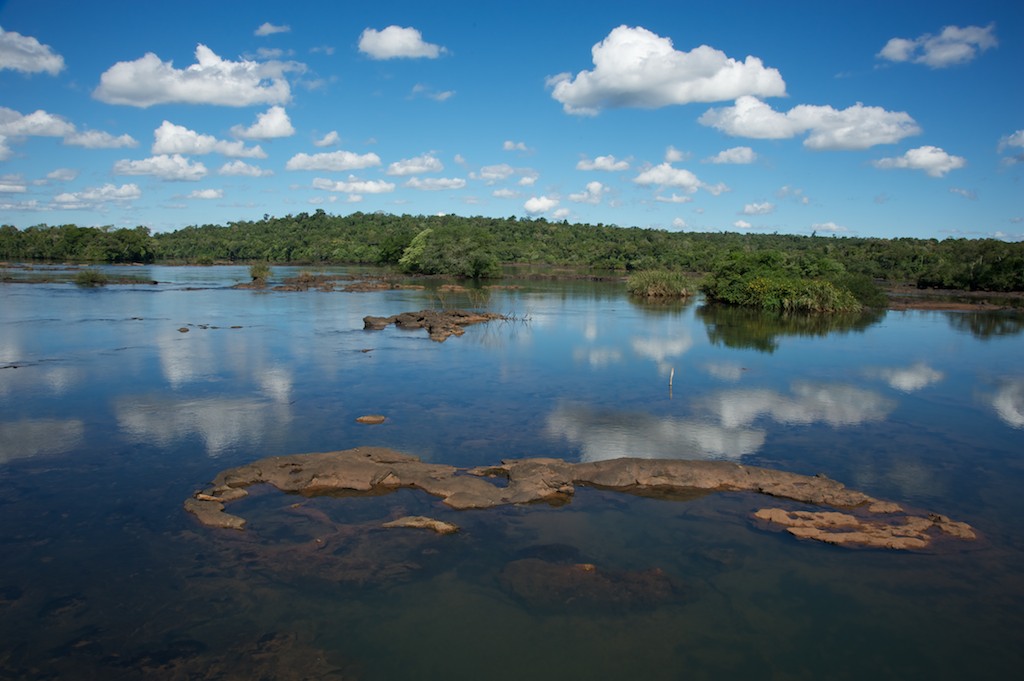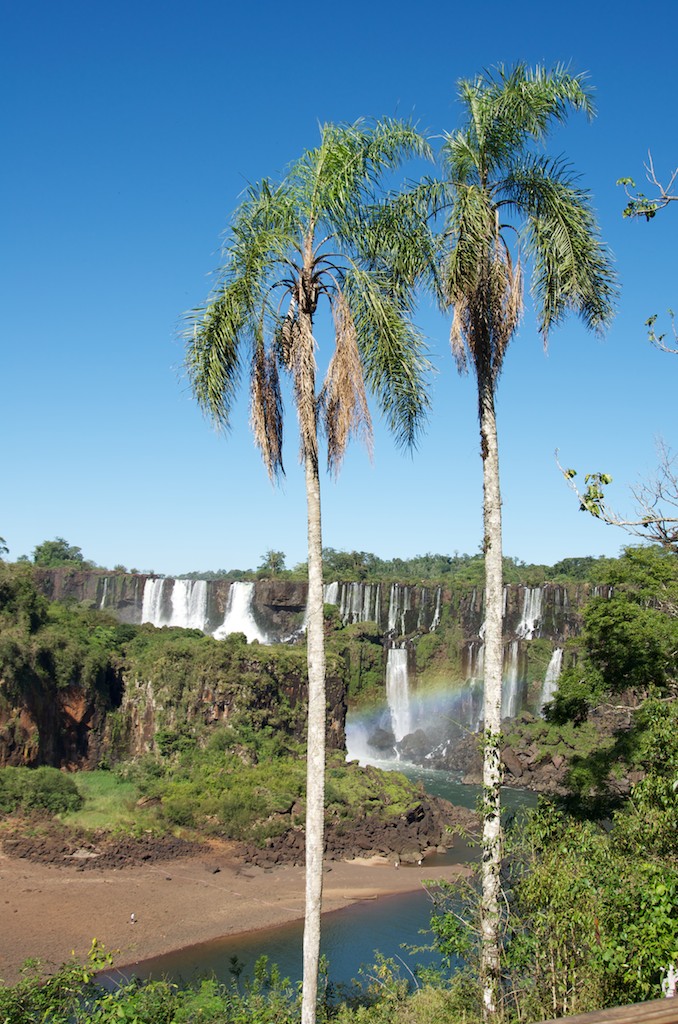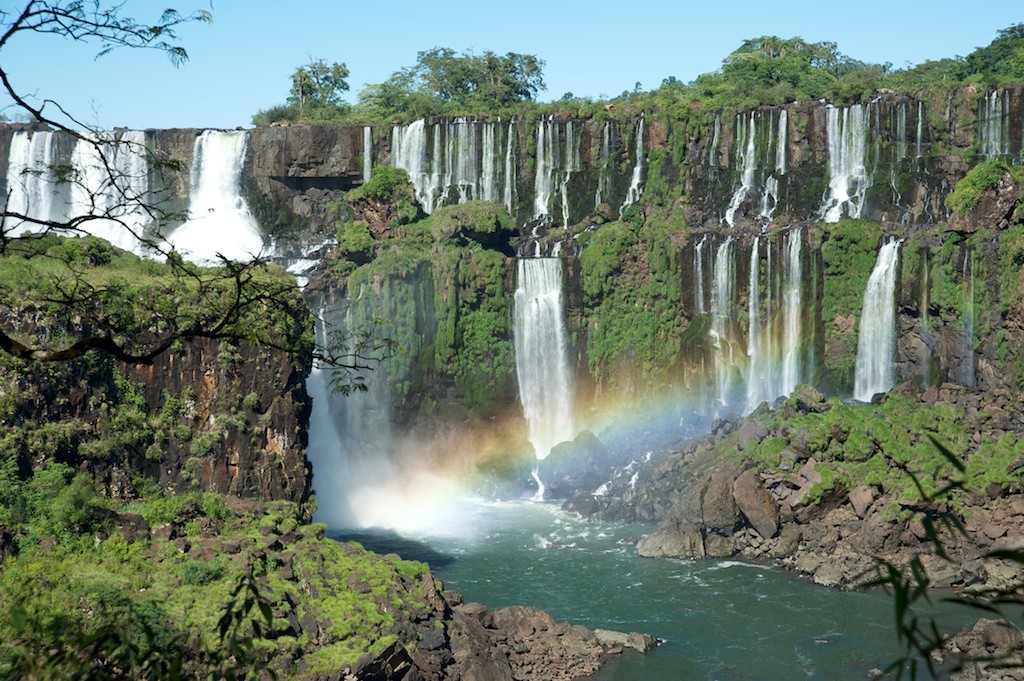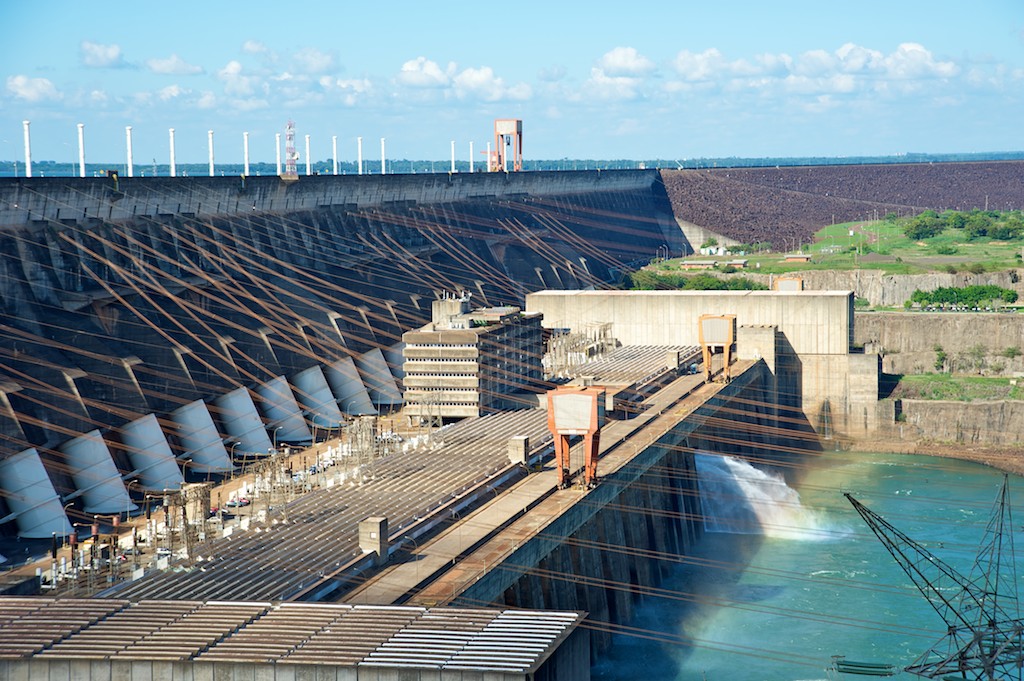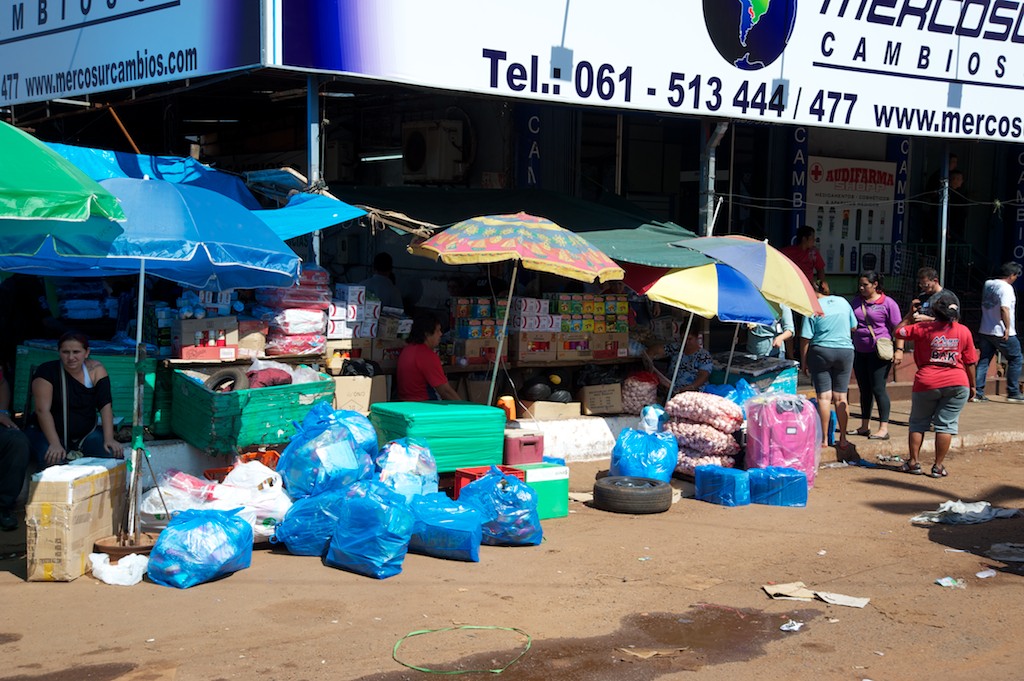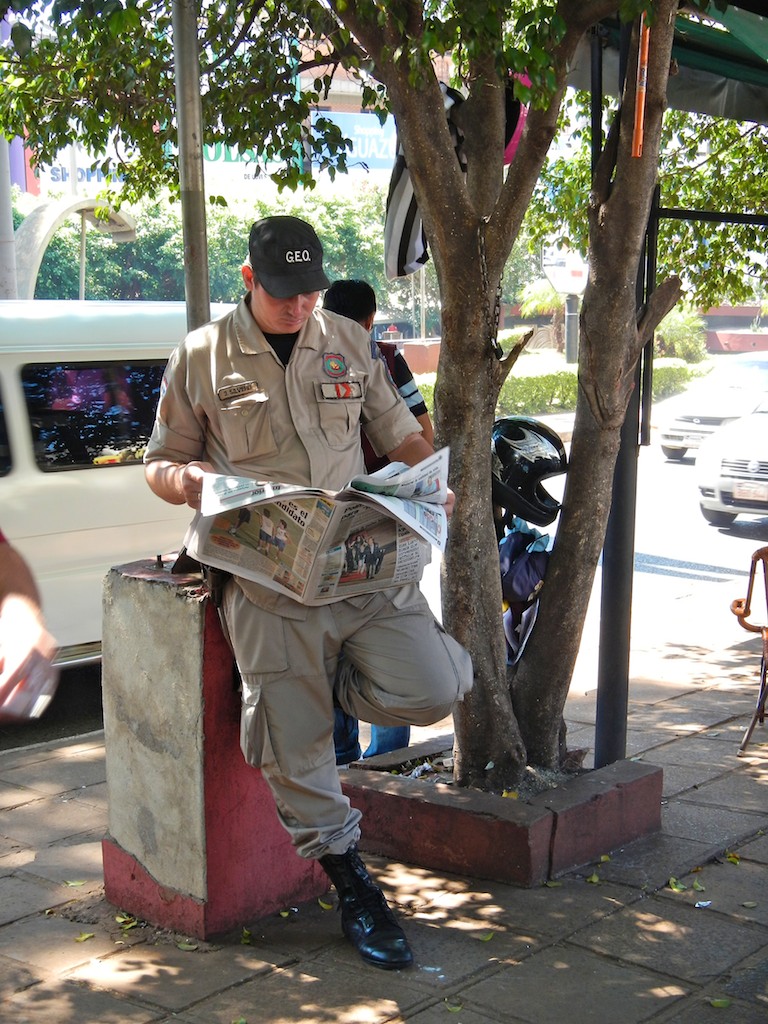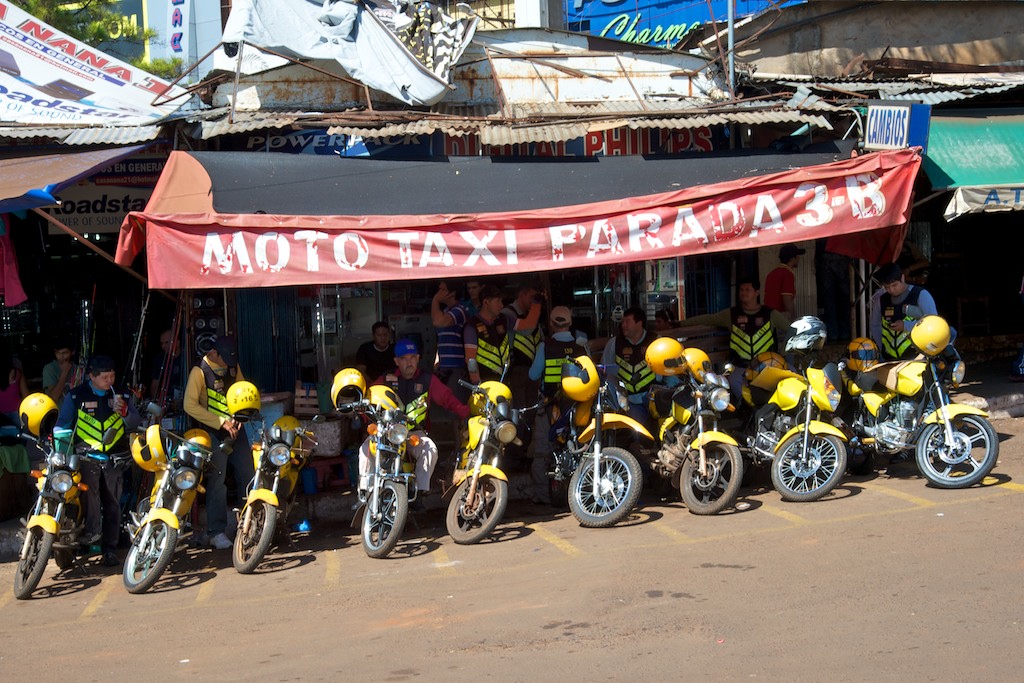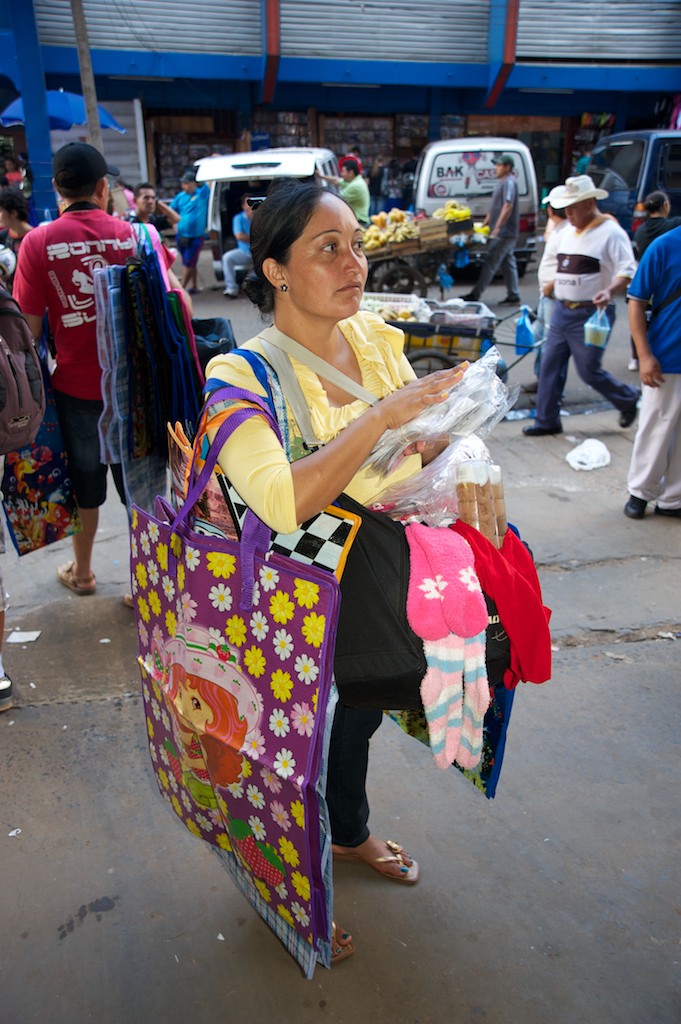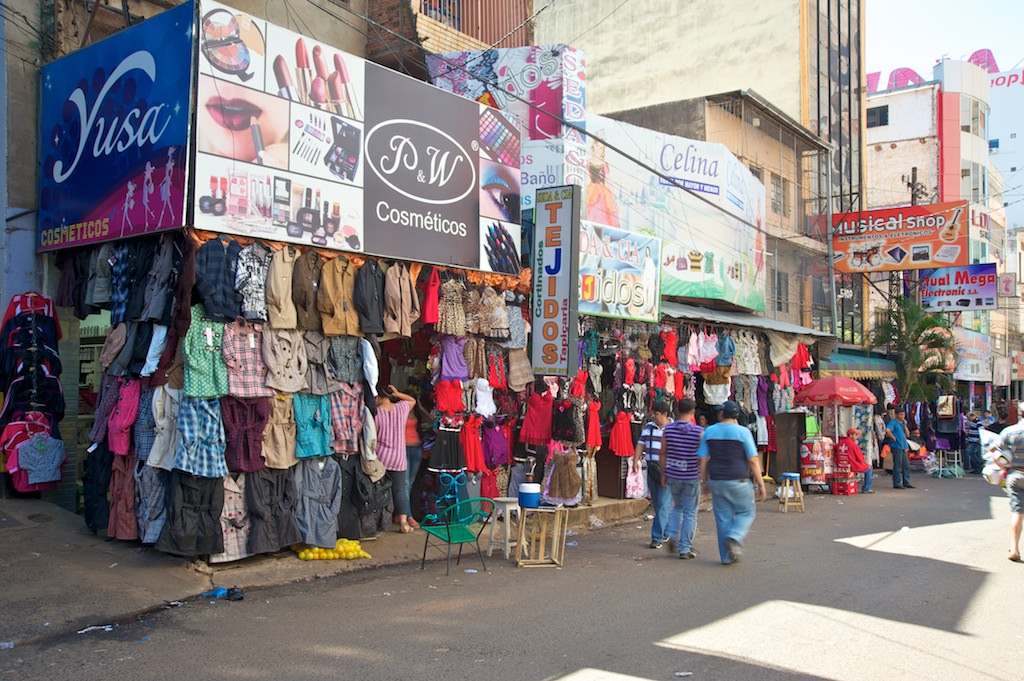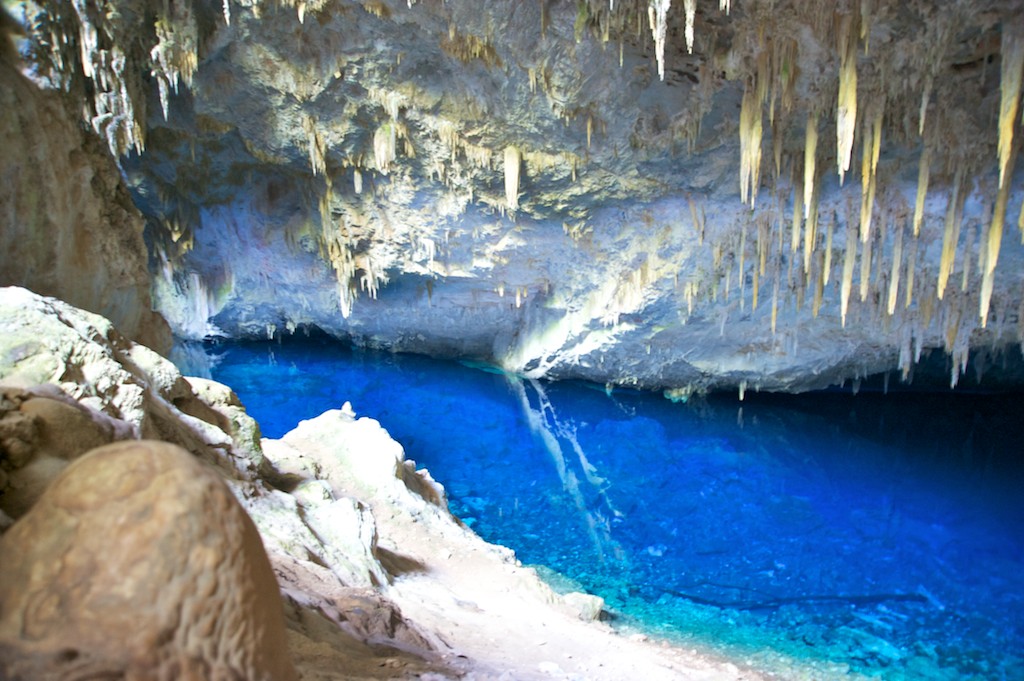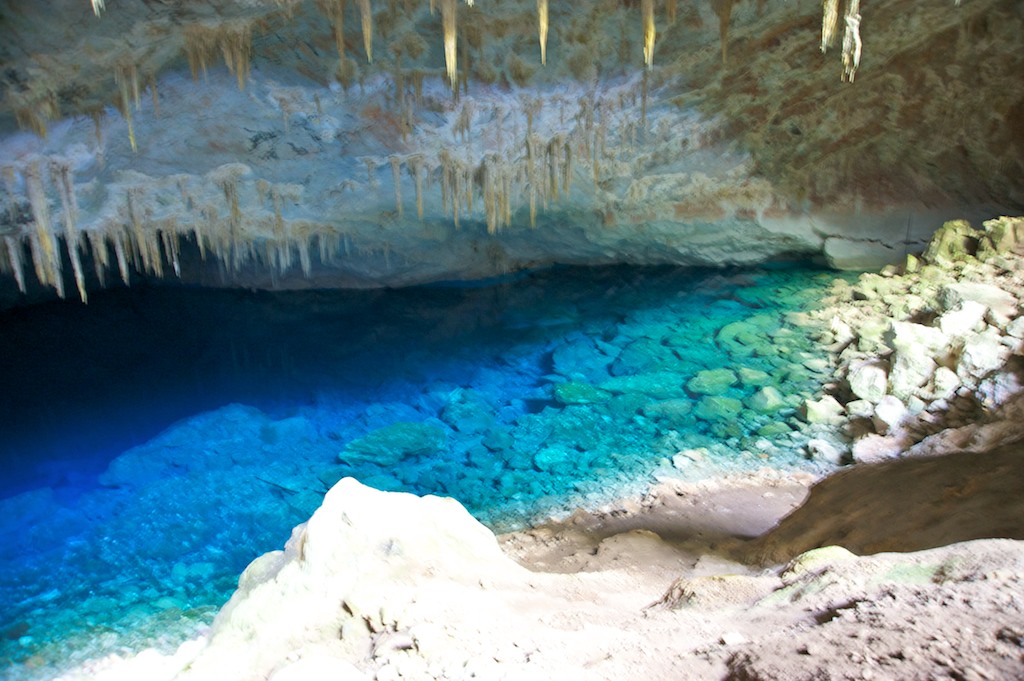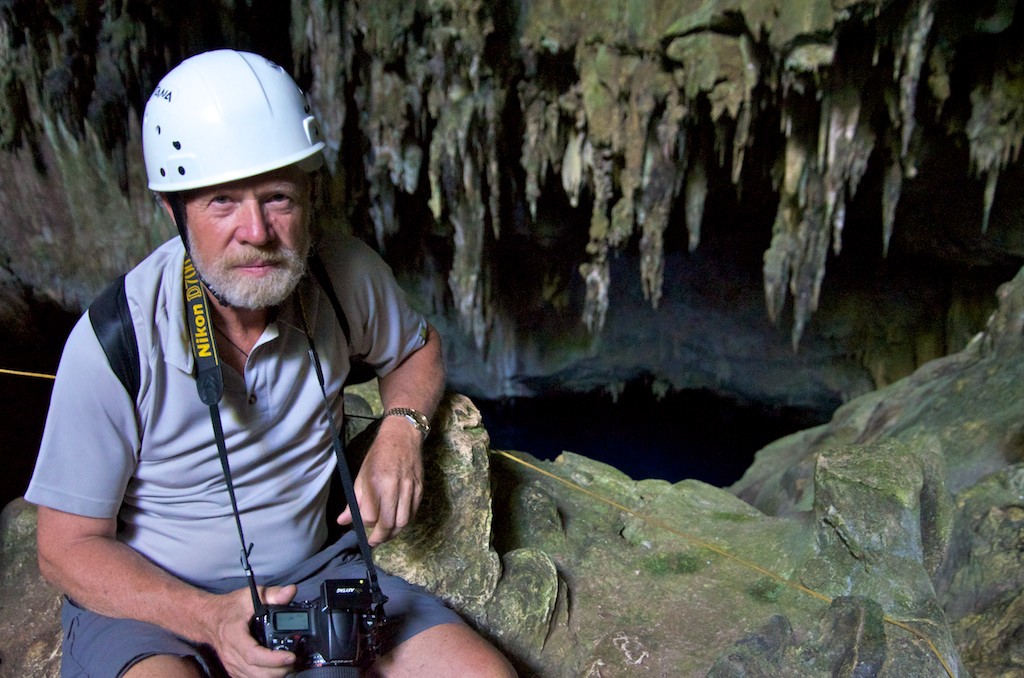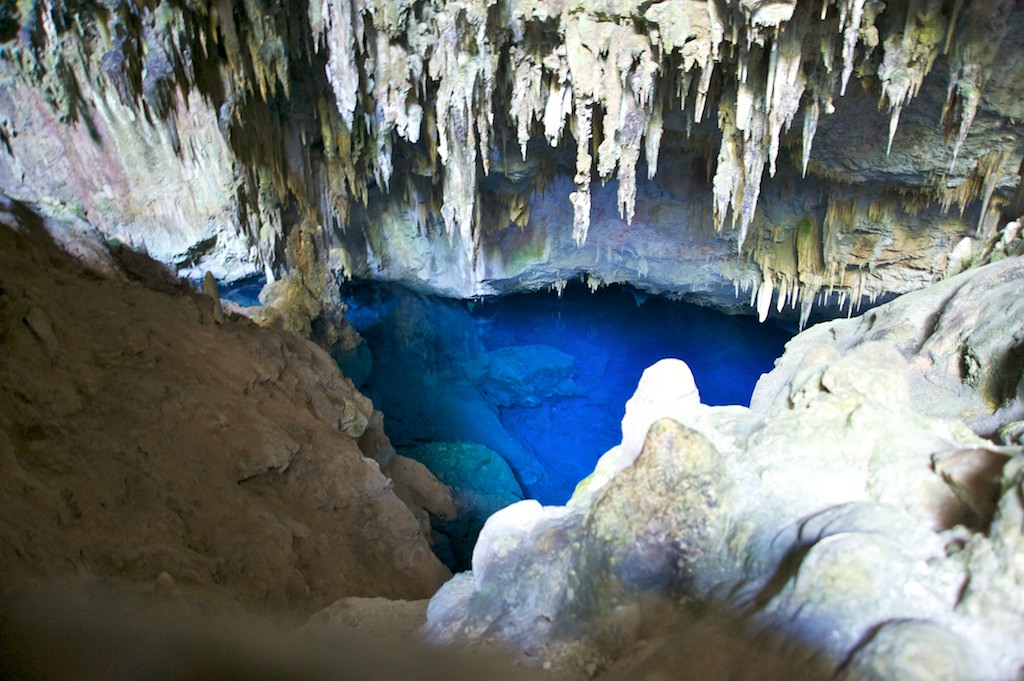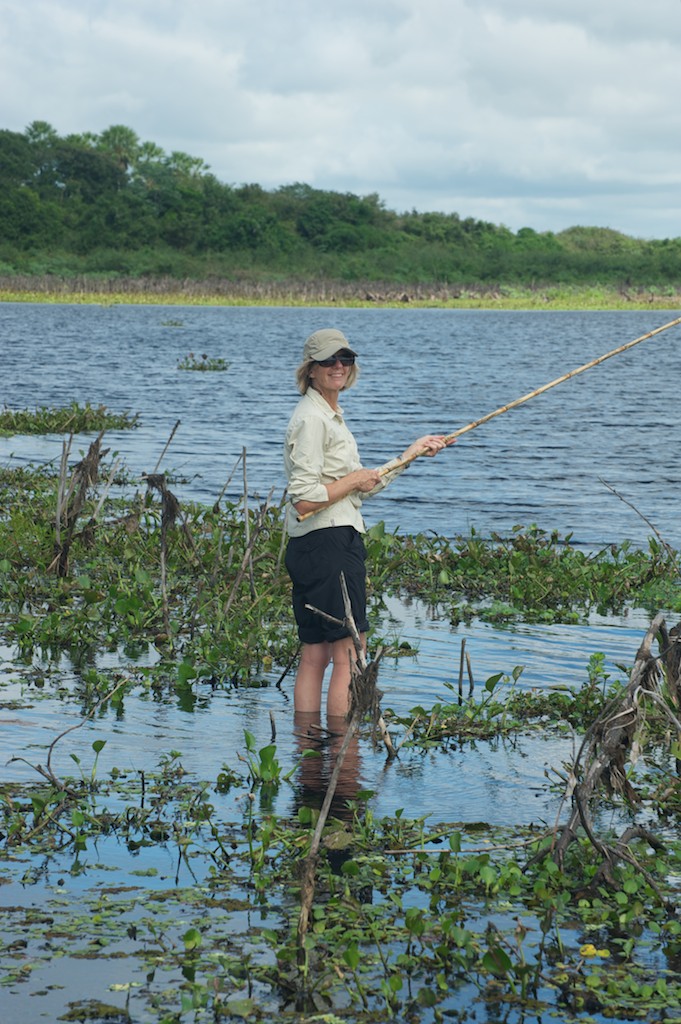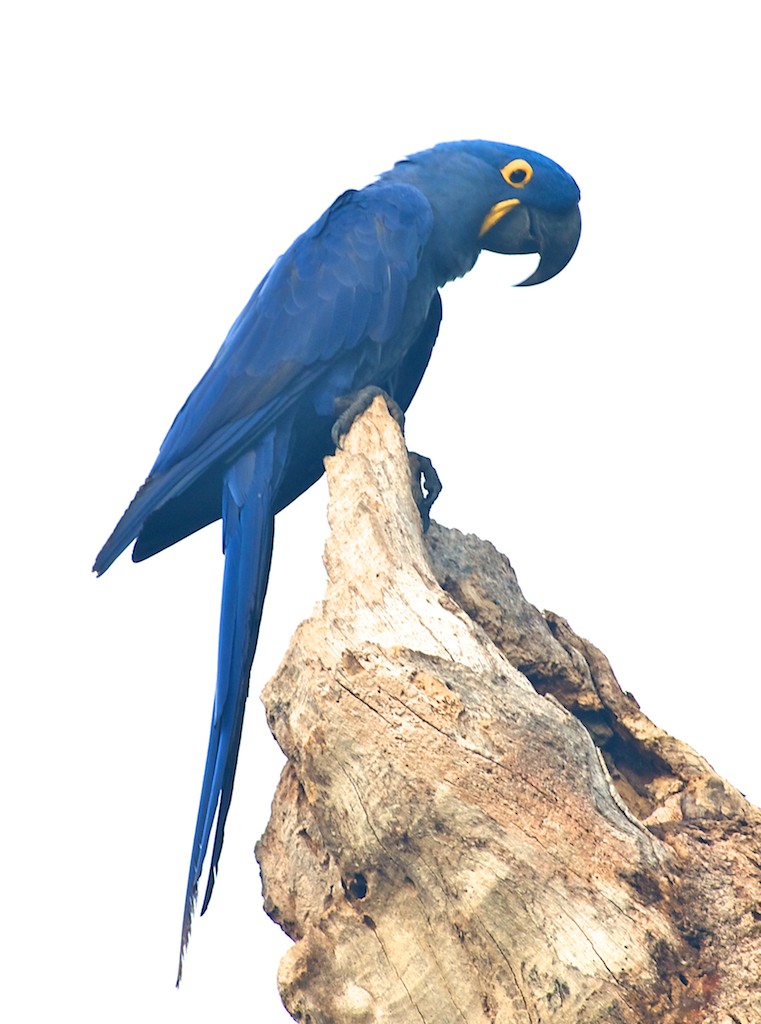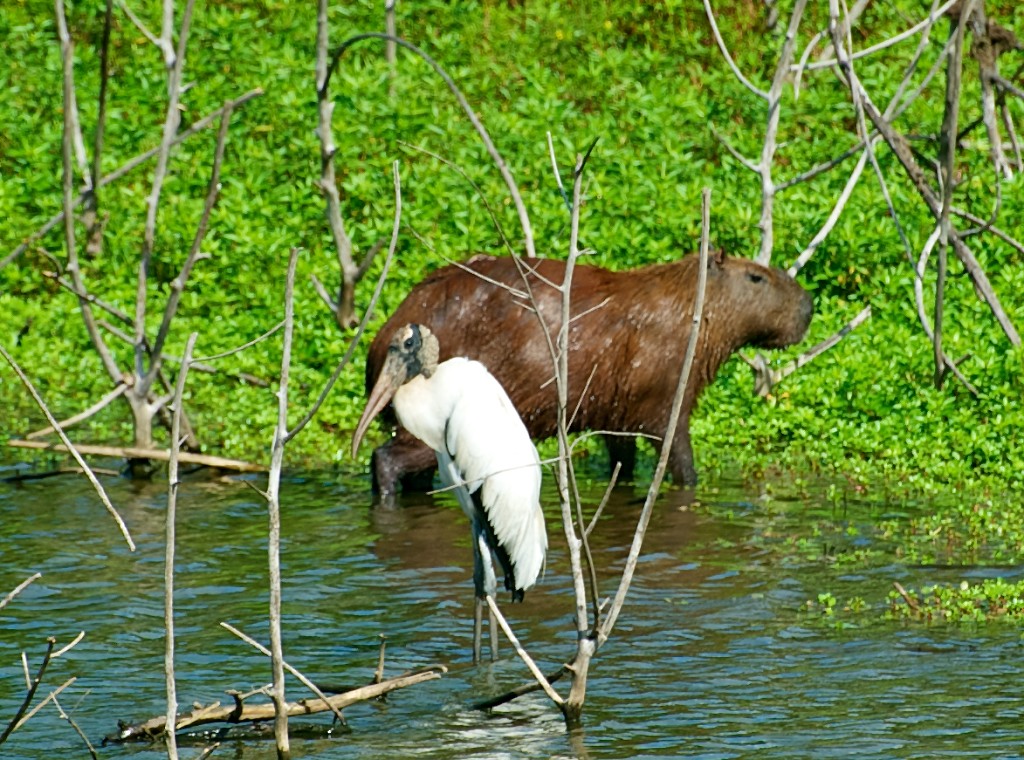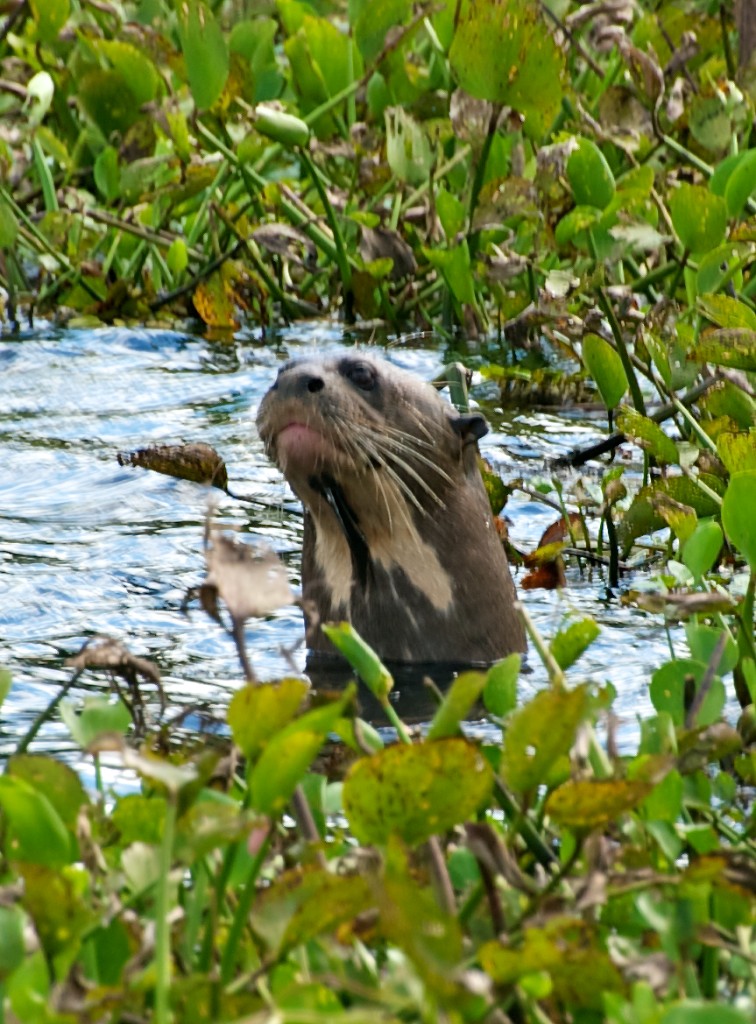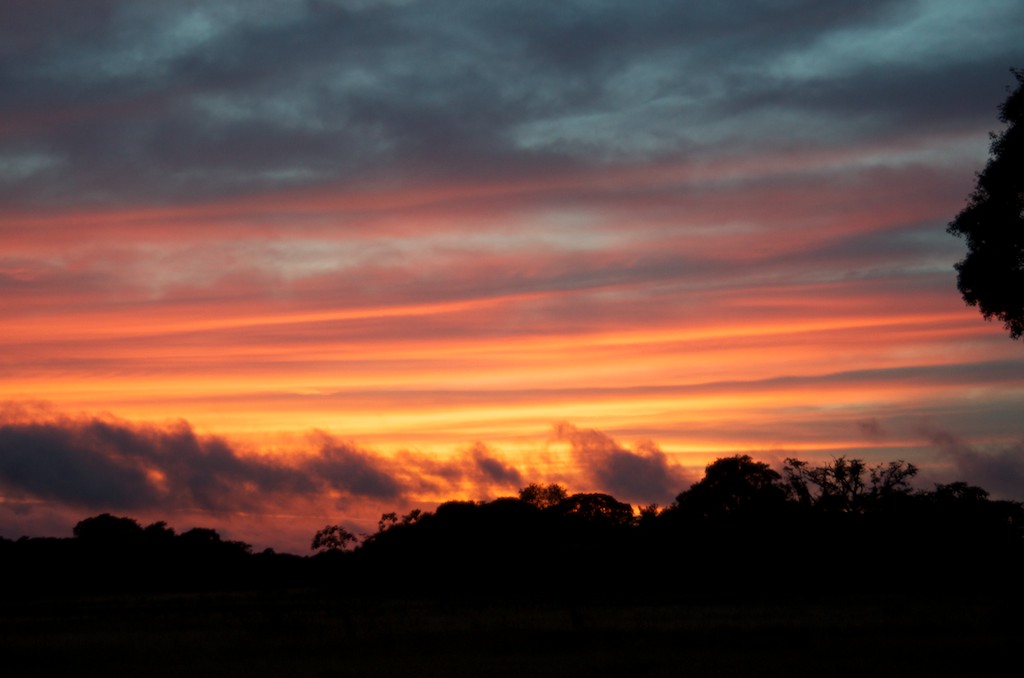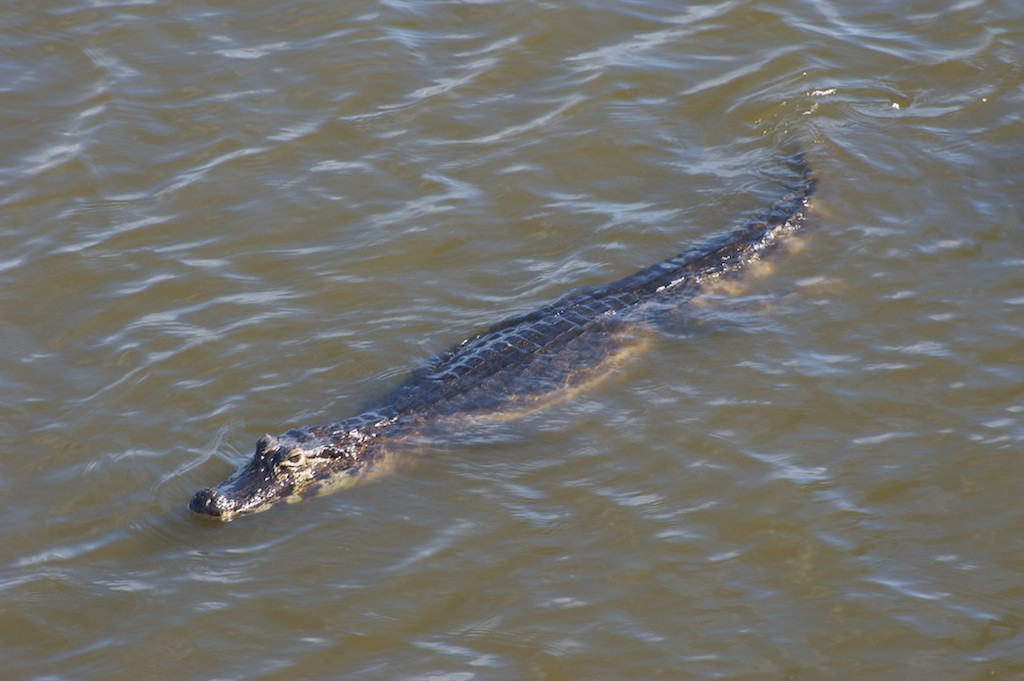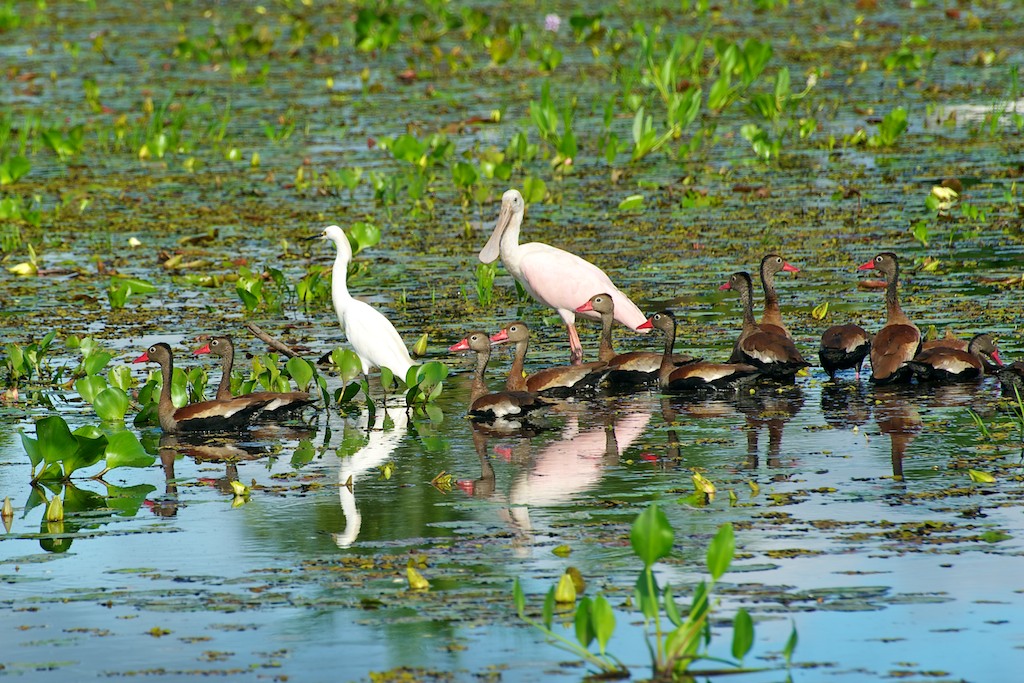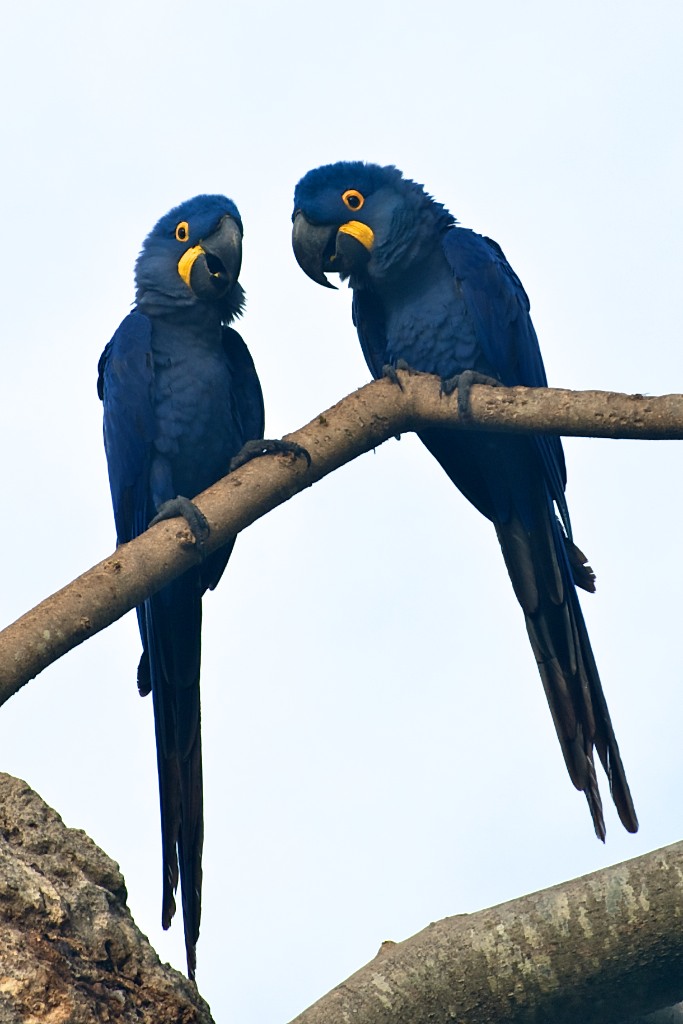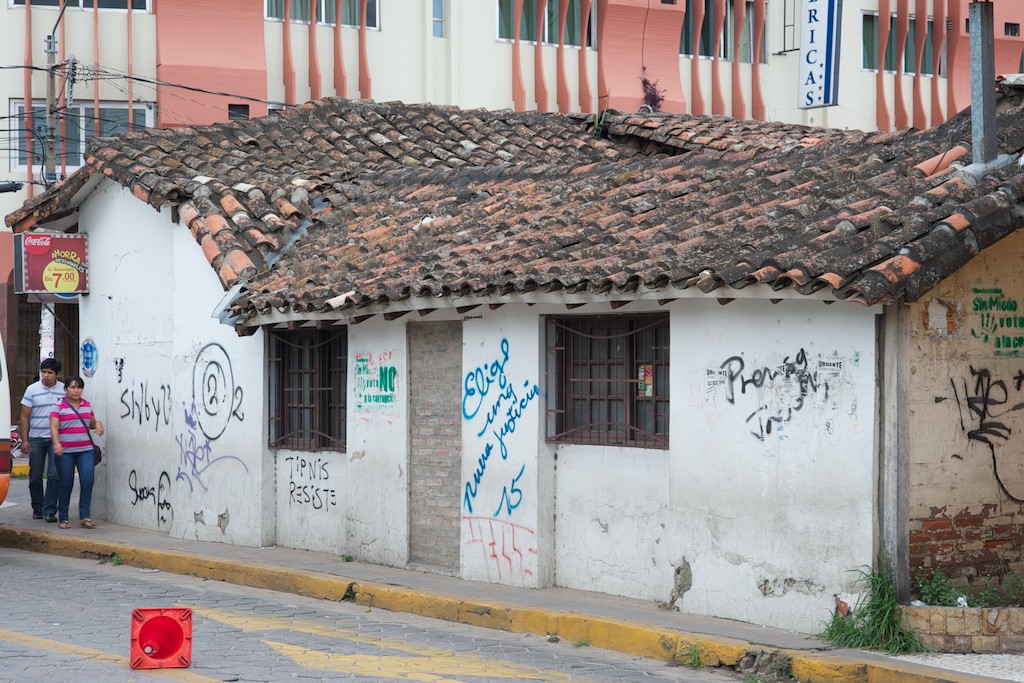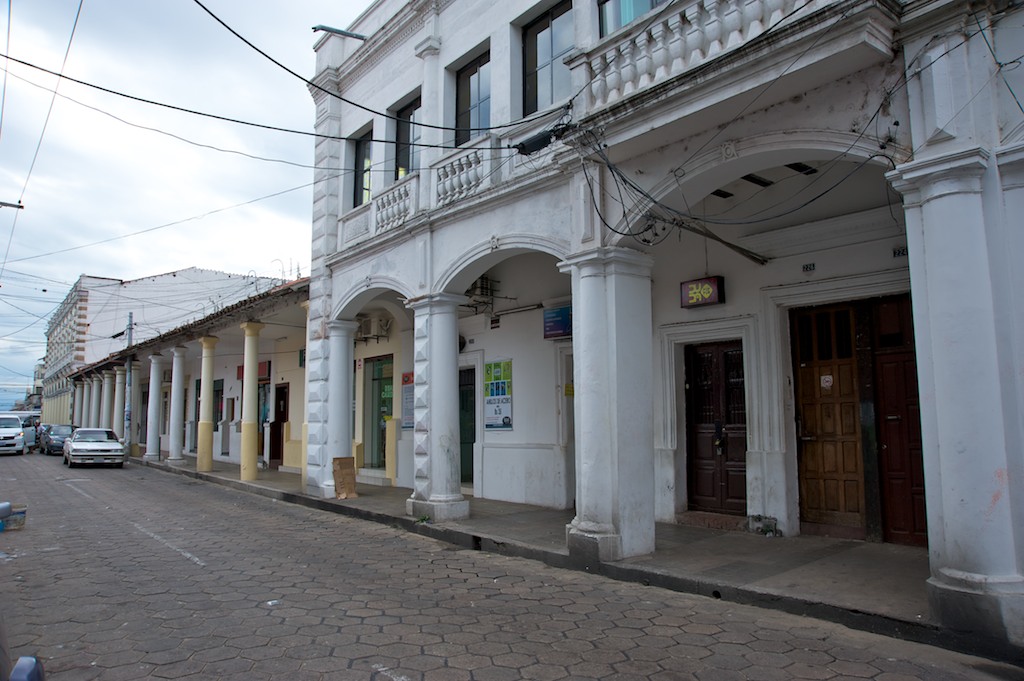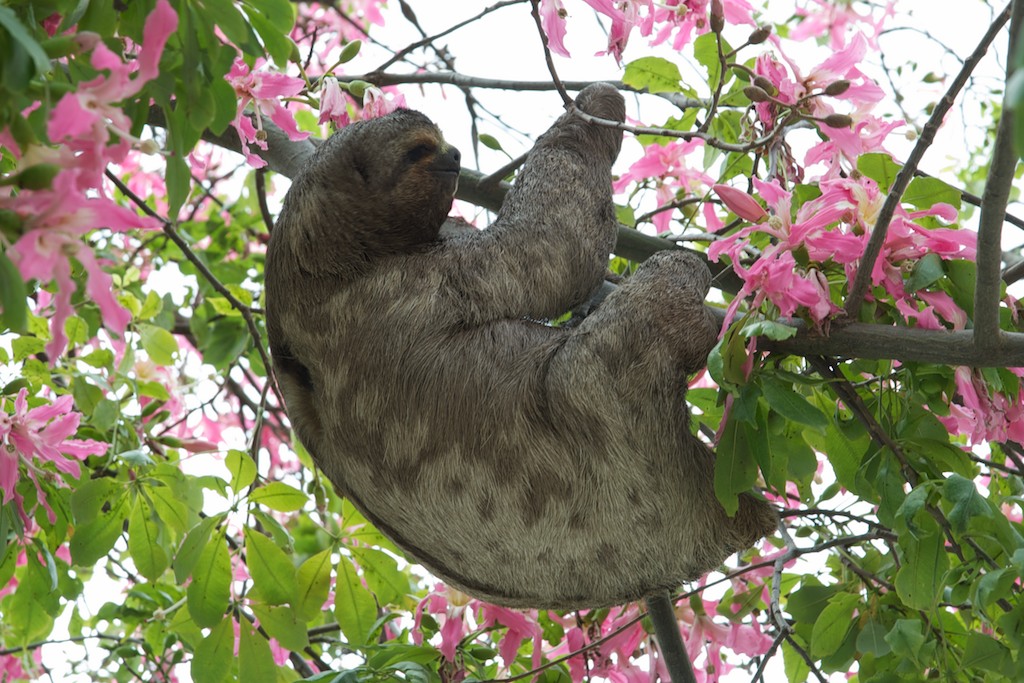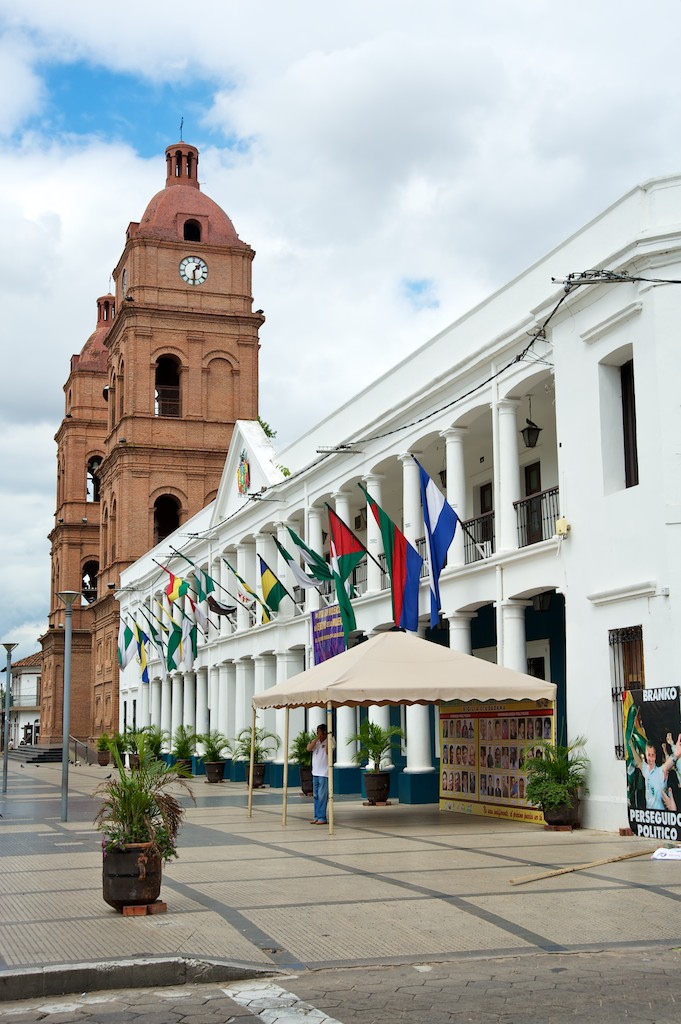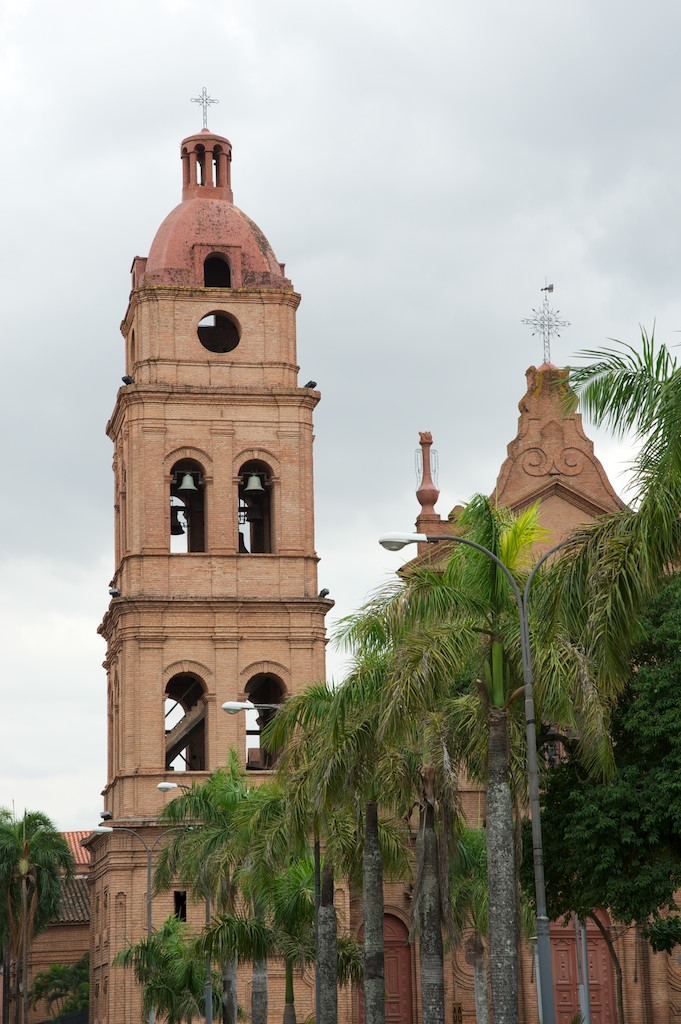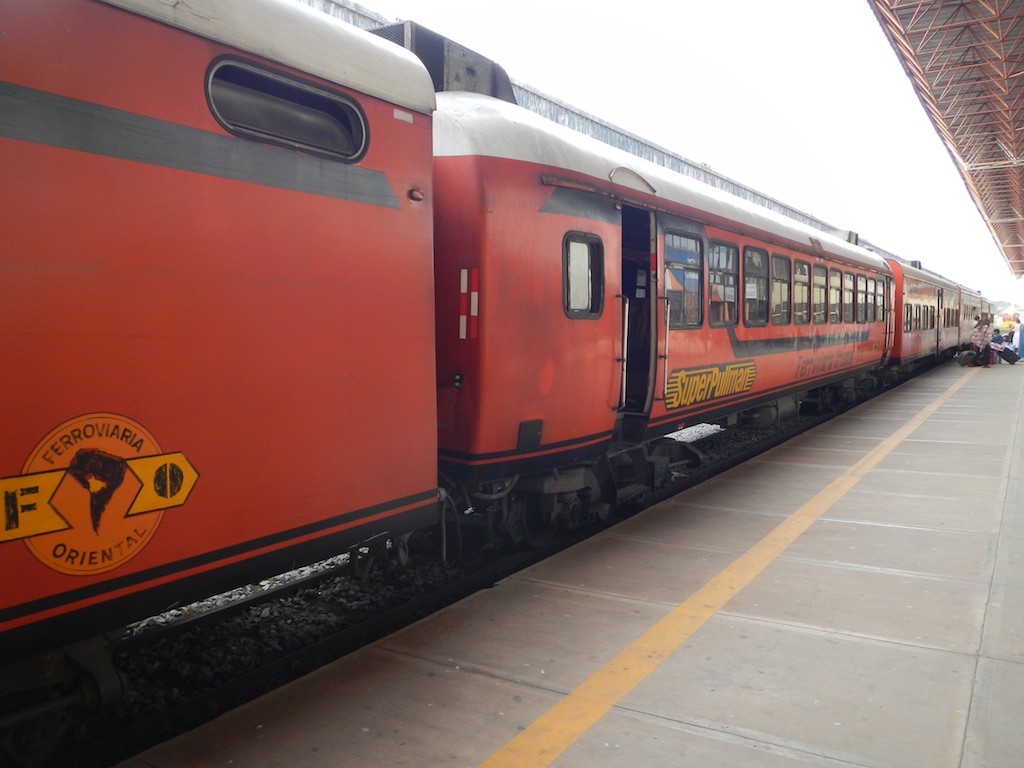We arrived in Sydney for an overnight stop before heading to Santiago tomorrow morning.
Santiago
We've arrived safely in Santiago after what turned out to be the inaugural Qantas direct flight from Sydney. There was much fanfare with Chilean dancing at Sydney airport and when we landed in Santiago, the plane was water bombed by the fire brigade. Every service person on the tarmac seemed to have a camera and was more interested in capturing the moment than directing the plane. We later discovered that John Trivolta was on the plane which might have explained some of the fuss. The weather conditions have been kind to us and we had excellent views of Anson's Bay as we flew from Hobart to Sydney, then we had fantastic views over New Zealand and spectacular views of the Andes approaching Santiago.
Tomorrow we have a quiet day to recover before heading south to Puerto Varas.
Link to Jacquie & Bryce's blog
Here is a link to Jacquie & Bryce's blog. They update theirs more frequently than we do if you want to check it out. http://anotherbeautifulstretch.squarespace.com/
Valparaiso and Vina del Mar, 27 March 2012
To fill in our recovery day in Santiago we took a tour to Valparaiso & Vina del Mar on the coast.
Valparaiso is a city with lots of quaint buildings all nestled in the hills for protection against tsunamis and earthquakes. Several buildings had cracks which were evidence of earthquake damage. Graffiti is considered artwork in Valparaiso and adorned many of the buildings. Our tour included a walk around the houses and churches on the hill with the last part of the descent via a very old funicular railway carriage.
Vina del Mar is a beachside area where we had a very nice seafood lunch overlooking the water. Conga eel is the specialty dish of the area.
Puerto Varas 28-29 March
Puerto Varas was very pleasant after the smog and noise of Santiago. We managed to find our way around town very easily and found places to sample the local food and drink including tapenades, pisco sours and local Kunstmann beers. The highlight of our stay was a 15 km walk around the base of the Osorno volcano to the Lago Todos los Santos lake. The route to the start of our walk took us through the Lake District which, apart from the volcano looming in the background, reminded us of the farm land in NE Tasmania. We even picked blackberries on the side of the road.
Considering that it rains in this area about 300 days a year, we were very fortunate to have a perfect day with the temperature in the mid 20s, clear blue skies and just a gentle breeze.
Ferry trip from Peurto Montt to Puerto Natales 30 March – 2 April
Our transport from Puerto Montt to Puerto Natales was the local ferry, which transports vehicles & supplies as well as passengers. At capacity the ferry takes 280 passengers but as it was the end of the season there were only 40 of us on board and we were offered extra cabins to allow us to spread out. As the trip takes 3 days we were appreciative of the extra space. The ferry wound its way through narrow channels in between high mountains, with lots of little islands. A shipwreck was a reminder as to how difficult navigating must be. We stopped at one small village, Puerto Eden, and disembarked for a 45-minute walk. We could see how difficult life must be in this area where there is little other than fishing to bring any income to the town. A highlight was the excursion up into a bay to see the Pio X1 Glacier. This is huge with a 4 km face flowing down into the sea. It is supposedly the largest glacier in South America. The weather was kind and our cameras worked overtime.
3rd – 6th April Torres del Paine National Park (Paine pronounced Pie-nay)
We met our guide Cem and set off early for the three hour drive to the starting point of our walk which was near the entrance to the national park which is a 2400 square km reserve in the uninhabited wilderness of the Southern Patagonian Andes. Our first day trekking took us up a long and steep pathway to the base of the Torres del Paine (Blue Towers). These are three spectacular granite needles that rise amongst the surrounding Andean peaks. (They feature in the logo for the outdoor shop Mountain Designs). The walk to the base of the towers was in three main stages with the first being a steady climb for about 2 hours and then a relatively easy 1.5 hours walk through the most beautiful Nothafagus (beech) forest following a river that looked ideal for intrepid white water rafters. The beech forest was at its autumn best with the deciduous trees in various shades of greens, golds and reds. The final hour of the inward trek is a one hour ascent that is demanding due to steepness and exposure to strong wind and snow. The effort was rewarded for a view of the Towers and the associated glacier and lake. It’s a view one will keep in one’s mind forever.
The return trip being downhill and very steep was hard on the legs but after seven hours we were thrilled to have had this experience and to have completed the first part of the so-called “W” trail.
Over night we slept in tents and were blasted by very strong winds.
After a hearty breakfast in a nearby camp centre we re-entered the National Park and completed a day walk of about 11 km along the shores of Lago Nordenskjold. This walk had some steep sections but nothing like our previous day’s. We ended the day at the Los Cuernos (The Horns) camping hut where cold showers and bed-bugs were a feature. Nonetheless a fair amount of alcohol seemed to result in a party atmosphere and everyone crammed into an 8 bunk room. The Horns of Paine were directly above our camp-site and despite some clouds we managed to get some photos that show the spectacular peaks.
We awoke on day three to 100 km/hr winds and the possibility of snow. Our path took us along the Lago Nordenskjold to the Campamento Italieno where we diverted from the main track and headed up into the “French Valley”. The walk was steep in amongst beech forest and moraine scree. The weather deteriorated and snow started falling to such an extent that after 2 hours we hadn’t reached the intended destination which was 2.5 hours up the French Valley. We had lunch in a forest area with a glacier across the valley. Although it was snowing heavily, there was no wind so the forest looked rather magical. Our return down the French Valley was in improving weather and a further 2.5 hours of walking brought us to our next campsite at Lago Pehoe. Extensive areas around this lake have been devastated by fire in January 2012 caused by campers. An estimated 7000 ha of beech forest has been destroyed. The area looks like a nuclear disaster zone!
Our final day in the National Park involved a 2.5 hour walk up towards Refugio Grey to see the giant Grey Glacier (4.5 km wide). The lake in front of the glacier (Lago Grey) had icebergs floating in it.
We returned to the Lago Pehoe camp and then caught the ferry back to Guarderia Pudeto where the bus was waiting to take up back to Puerto Natales having completed the “W” trail of about 70 km of mountainous trekking.
Hot showers and clean clothes were high on the priority list but some celebratory drinks were soon to follow!!!
Wildlife: On the open plains we saw hundreds of guanacos (a llama type animal and related to the camel). These graze in herds somewhat like sheep and are a source of wool and meat. Rheas, a smaller version of the ostrich, are also common on the plains but were hard to get close enough to photograph. We also spotted eagles, hawks and falcons along the roadways as they feed on the carrion of dead rabbits and hares.
In the mountainous regions condors were frequently sighted soaring above us in groups of fifty or more. Some were sighted roosting on craggy sections of the cliffs above our walking path.
Puerto Natales – 6-8 April 2012
On arrival at Puerto Natales, our first priority was a hot shower, clean clothes and organising laundry.
It snowed heavily during the afternoon and overnight. Walking to the restaurant was quite a challenge as the footpaths were covered with snow and quite slippery. Our walking boots would have been more appropriate footwear however we couldn’t quite face up to putting them back on after 4 days trekking. The dinner of barbecued lamb and steaks was worth the walk.
We were scheduled to travel to Puerto Arenas on 7th April however the hotel we were booked into is flooded after heavy rain in the area so we are spending another night at Puerto Natales. It is a public holiday here for Easter and things around town are fairly quiet so everyone in our group is having a quiet day catching up on email etc.
Santiago – 8-9 April
In Santiago, it was time for our final dinner in Chile and to say farewell to our fellow travellers. It was sad saying goodbye to Jacquie & Bryce as by the time we return home, they will be off on their next adventure travelling to Cape York via Perth & Darwin and it will be several months before we see them again.
Rio de Janiero – 9 April 2012
Monday had us spending most of the day travelling from Santiago to Rio de Janiero. We arrived in pouring rain and peak hour traffic but our taxi driver seemed quite at ease negotiating the traffic while watching TV on a small screen mounted on the dashboard and answering his mobile phone. We arrived at our hotel with 5 minutes to spare before meeting up with our new group of travelling companions and our new tour leader Marianne who is a local. After a meal with our group, we took the opportunity to venture down to Copacabana Beach for a drink and to enjoy the warm evening air.
Rio de Janiero - 10 April 2012
We made the most of our couple of hours in Rio by taking a quick trip on the ABT railway to Corcovado where the statue of Christ the Redeemer is. We were fortunate enough to get some good views over the city. The train went through lush tropical rainforest which made us feel we would like to spend more time here.We have left snow capped mountains behind & now have palms, frangipani & mango trees & a lot more people. We're also getting used to buying meals by the kilo - you put what you want on your plate & it is weighed to work out the cost.
Ilha Grande. 11 April 2012
We've just spent a day on Ilha Grande which is an island off the coast south of Rio. The only cars on the island are the service vehicles, ambulance, fire brigade erc. The number of boats make up for the absence of cars & we were accosted the moment we arrived with people trying to sell us scuba diving, guided walks, boat rides etc. there are bars & restaurants & shops selling beach clothing all along the beach. Our hotel is more or less in the jungle with orchids growing in the garden & butterflies flitting around which is very pleasant. We decided to give diving a miss especially after we heard that the water is often 'dusty'. The trouble is that we have been very spoilt with some of the diving we have done. Instead we did a walk across the island through the jungle to the beach & had a swim in the Atlantic Ocean. The beach was nice but there were crowds of people despite it being a 2 & a half hr walk to get there. We opted for the lazy way home by boat.
Paraty, Brazil, 12-13 April
We spent today, Friday 13th, on a jeep tour to several waterfalls, one of which was called Pedra Branca. Apart from the picturesque scenery, we spent time in the swimming holes. The highlight was going down the large natural water slides which was a lot of fun. We were very tame with our slides but the locals obviously have it well under control and go down backwards standing up! The tour also included a visit to a couple of cachaca distilleries with impressive stills. The tour ended up with a visit to a nursery. We're not sure why they took us there as we were not likely to make any purchases but we did enjoy seeing all the different orchids and bromiliads.
Tomorrow we head for Sao Paulo and then on an overnight bus to the Iguassu Falls. We've really enjoyed our stay in Paraty.
After leaving the hustle & bustle of Ilha Grande, we made our way by mini bus down the Costa Verde overlooking the bay with lots of tropical islands. Our next stop was at Paraty, a small coastal town founded by the Portuguese in 1531. During high tide the cobblestone streets are partly flooded by seawater and are designed with a dip in the middle so that boats can navigate them. The township is full of little touristy shops and we were able to sample the local cachaca ( sugar cane liquor). It felt a bit like wandering around Battery Point only a few hundred years older.
Internet is very slow here so you will have to wait for photos.
Iguazu 15 - 17 April 2012
Iguazu Falls from helicopter #4, Brazil, 15 Apr 2012
We travelled by overnight bus for 16 hrs from Sao Paulo to Iguazu. It was more spacious & comfortable than we had anticipated so we slept quite well considering. Just been to the Brazilian side of the Iguazu Falls & lashed out for a helicopter ride. The Falls are amazing - the biggest we've ever seen anyway. There is an incredible amount of water coming over the falls & our cameras worked overtime.
Argentina 16 April 2012
Had a brilliant day at the falls in Argentina.
We crossed the border into Argentina early this morning and then spent the whole day exploring the Iguazo Falls Nature Reserve from the Argentinian side of the Iguazo River. We had glorious blue sky all day and the Falls were bathed in sunshine throughout the whole day.
We started by following the upper section and then descended to the river level where we took a short boat ride across to San Martin Island. Here we climbed up a steep path to a lookout right on the edge of the southern section of the falls (there are around 3 km of the falls!). We then returned to the upper viewing section and after a brief snack and drink caught a small train which took us north-eastwards to the Garganta del Diablo (Devil’s Throat) Station. A short (1.1 km) walk along an elevated steel walkway over water and dense jungle brought us to the viewing highlight of the Iguazo visit. The track ends at a precipitous point directly overlooking the Devil’s Throat. A vast volume of water falls from a semicircular edge into a deep chasm 100m below. The atmosphere is utterly hypnotising as the sights and sounds are an overload on one’s senses. The amount of mist in the air provided a welcome cooling effect from the mid-afternoon sun. The water flow maximum is 6500 cubic metres (or 6500 tonnes) of water per second!
Just a short distance upstream (150m?) from the Devil’s Throat edge was a tourist boat cruising around and the thought of an engine failure was more than one cared to ponder!
We retuned to Brazil via the Tancredo Neve Bridge where the border with Argentina is marked half-way across. We stopped for photos and people straddled the international divide!
A superb day
Animals sighted: quati, lizards, monkeys, many colourful birds, armadillo, vultures, ….
Paraguay 17 April 2012
We spent the morning in Paraguay at the border town called Quidad del Este. Although only a kilometre or so away from Foz Do Iguazu in Brazil, the border crossing requires traversing the Parana River via a single span 4 lane bridge which is about 500 m long. It was bumper to bumper in both directions and there were no checks for passports etc. Smuggling cheap goods across the border from Paraguay into Brazil is common practice and there seemed to be little effort to prevent it. Paraguay is much poorer than Brazil and the streets of Quidad del Este were overcrowded with cars and hawkers offering every imaginable item from imitation watches and perfume to musical condoms. Yellow taxi motorbikes duck and weave amongst the cars at break neck speeds. We spent most of our morning inside a huge air-conditioned mall doing duty free shopping and looking mainly for the reputedly cheap electronic goods on sale there. We bought a USB 32 Gb memory stick and an 8 Gb compact flash card for the Nikon D700 both at reasonable prices. One shop had a Nikon D3s camera body on sale for a mere US$3500.
On the way back to Brazil it was fascinating watching all the frenetic activity & utter chaos on the streets of Quidad del Este while we were sitting in the van in a traffic jam waiting to go through customs. When we eventually got to customs we went straight through without even showing our passports.
Our afternoon was spent visiting the Itaipu (“Singing Rock”) hydro power station which is on the border of Brazil & Paraguay. It is currently the largest hydro- power station in the world but quite different from our Tasmanian hydro stations. It has only 80 m of vertical fall to the turbines but relies on the huge volume & flow of water held in the Itaipu dam. The water flows through 17 penstocks (each 8 m diameter) and into the Parana River. They said the volume of water flowing was 200 times the flow over the Iguazo Falls (??). Needless to say the hydro power station provides almost 95% of Paraguay’s electricity and 40% of Brazil’s.
We spent a little time on our return visiting a gemstone outlet where rare and semi-precious gems were cut and presented. Brazil is famous for its emeralds, various colours of topaz and tourmaline plus many other interesting gem bearing minerals too. We bought two small gem stones, a pink tourmaline stone and a deep blue topaz stone.
We caught a night bus at 10.00 pm to Bonito which was 750 km to the north-west.
Bonito, Brazil, Wednesday 18th April 2012
We arrived a Bonito at 8.00 am and recovered quickly from our cramped bus ride where sleep was only fleeting!
After some breakfast in a nearby café we caught an old rattly taxi to the Gruta do Lago Azul (Blue Lagoon Cave) some 19 km from Bonito village.
A 200 m descent via slippery stone steps in semi darkness brought us into the main hall of the cave with its crystal clear water below us. The water was so clear that it was difficult to acknowledge that a rock visible in the water was 15 m below the surface.
We took lots of photos but needed to up the ISO rating to 2500 to get the effect of the azure water.
The cave had the usual stalactites and stalagmites but the water colour was the stand out feature. The only animal life in the water are small 5mm crustaceans.
Bonito, Brazil, Thursday 19th April 2012
We spent the day at Rio da Prata which is 59 km south of Bonito. The region is set up as a nature reserve based on a protected section of the Prata River which in this area is little more than a narrow stream carrying crystal clear water from the limestone country to the west. The river is home to about 50 different species of (fresh water) fish. Most of the fish appear used to having divers in the water.
At the entrance to the park we were kitted out with short-legged 5 mm wet-suits and booties and given a mask and snorkel. They drove all 8 of us in the back of a truck through farm paddocks, dotted with termite nests, to a drop-off point where we then had to walk in our wet suits through jungle (phew!) to the river.
At this starting point the stream was fairly slow flowing and we just drifted on the surface using the current to propel us at a slow walking pace. We were not wearing fins and we’d been advised to not make contact with the river bottom for fear of affecting the ‘natural environment’! In addition, in the interests of the environment, we were not allowed to wear sunscreen or insect repellent. At our starting point, the river was about 30 m wide and only about 1 m deep. We had to be wary of jagged rocks and the occasional submerged log.
The river is home to numerous fish and schools of large fish seemed oblivious to our presence as we bobbed along on the surface. Occasionally the river would narrow or become very shallow and the current would increase significantly. Corinne was using her new submersible Nikon AW100 and managed to get some good shots and movie clips of the fish we encountered.
We had to detour around one section where the river was obstructed and at this point whilst waiting for the back markers (we were all spaced at about 10 m apart) we started getting nipped by small finger sized fish which we were assured were not piranhas!
The clarity of the water was fantastic and visibility underwater was 50 or so metres. The largest fish sighted would have been about 750 mm long.
At several points in the river bed there were upwellings in the sandy bottom where artesian springs were feeding into the base of the river. These regions of upwelling looked like the sand was boiling in a huge pot.
After about 3 km the stream widened and joined another stream and the water temperature dropped from 24oC to nearer 20oC and the water became more cloudy.
A final 400 m swim with no current assistance brought us to the end of the trip and we climbed into the waiting truck and headed back to the reception centre and a well earned luncheon was awaiting us even though it was now 3.30 pm.
The whole experience of drifting through a 3-4 km long freshwater aquarium was very interesting and relaxing.
Tomorrow we head for the Pantanal area and don't expect to have access to the Internet for a few days.
Pantanal 21 - 22 April 2012
We're in the Pantanal wetlands area which is the largest wetland region in the world. It's half the size of France and regarded (by UNESCO) as a natural region of international importance in terms of biodiversity. Our accommodation is in a bunk house with hammocks which are surprisingly very comfortable to sleep in. The insects however are prolific & despite our efforts to cover up, they attack any bit of exposed skin & even manage to bite through clothing. We're supporting the insect repellant business but it seems as if the mozzies like the added flavor to their meal! We are told that malaria & denghi fever are not an issue here so we hope they are right. After a quick evening meal we went for a night walk to a nearby bridge where dozens of caiman were floating with ekes and snouts just above the water. These alligators live to about 60 years and get to about 2m length. They don't attack humans we're told! In the morning we went on a safari in the back of a truck stopping frequently to watch the wildlife which included caiman, capabari ( a large guinea pig like rodent), giant otters, deer, numerous birds including, hawks, toucans, herons, vultures, kingfishers, spoonbills and pheasants. Our safari included a stop to go fishing for piranhas. This involved wading out into the mud and casting your line as far as you could without hooking each other. They were quite small and difficult to hook but we managed to get enough for dinner and it was a lot of fun. The activity for the afternoon was horse riding. As Corinne had never been on a horse before this was quite an experience. The horses were generally well behaved and it was a great way to see around the area. Sunday morning we went for a walk and were rewarded by viewing a pair of blue macaws performing their early morning rituals. We also spotted wild pigs, monkeys and quatis as well as numerous other birds. It was worth the battle with the mozzies.
Santa Cruz, Bolivia, Monday 23rd – Tuesday 24th April 2012
After returning from our early morning walk we were advised that we had to leave immediately as the border closes at 1:00 - the rules had changed. We bundled everyone & all our luggage into the truck & headed off. A quick change to a van at the park entrance & a couple of hours later we were at the border. We made it through the Brazilian side with time to spare but when we arrived at the Bolivian side there was no one to be seen so we simply walked through & found taxis to the train station to catch our overnight train to Santa Cruz. All good so far.
Bolivian trains run on a narrow gauge and are old and rattled for the 16 hours of travel. Despite this, we managed to get a reasonable amount of sleep and arrived in Santa Cruz at around 8.00 am and got taxis to a hotel in the centre of the city. A hot shower and a hearty breakfast made for a pleasant start to the day.
Santa Cruz is described in our travel guide-book as ‘not a popular tourist destination’ and it’s a fair description. It’s the second biggest city in Bolivia and is the centre of industrial, agricultural and natural gas development. The Santa Cruz province is the productive region of Bolivia whereas La Paz in the highlands is the centre for administration and commerce. The Santa Cruz province wishes to break away from Bolivia and become a separate country. This is unlikely under the present government of Evo Morales!
We spent the morning catching up on washing, emails (the wi-fi connection was intermittent) and planning ahead. We then ventured into the city which is overcrowded with people and traffic as well as quite dirty. We wandered around and eventually found the city square where there was a tree covered with pink flowers and in the tree were two sloths; just hanging about and unaffected by the crowds in the square.
The signs of poverty are apparent and many of the buildings in Santa Cruz are in need of repair. The locals are apparently optimistic as the discovery of oil and natural gas near the border with Paraguay means a sudden influx of money and potential for economic progress.
At night we had a farewell meal and drinks as the group is to split into 2 tomorrow. We said farewell to David, Glenis, Claire and our guide Marianne.
In the morning we had breakfast and caught taxis to the airport and waited for 3 hours for our flight to Sucre which was delayed by bad weather somewhere. The plane was an old BAe 146 run by the internal Bolivian company called Tam. The plane had very obvious signs of corrosion in the region where the wings attach to the fuselage!



